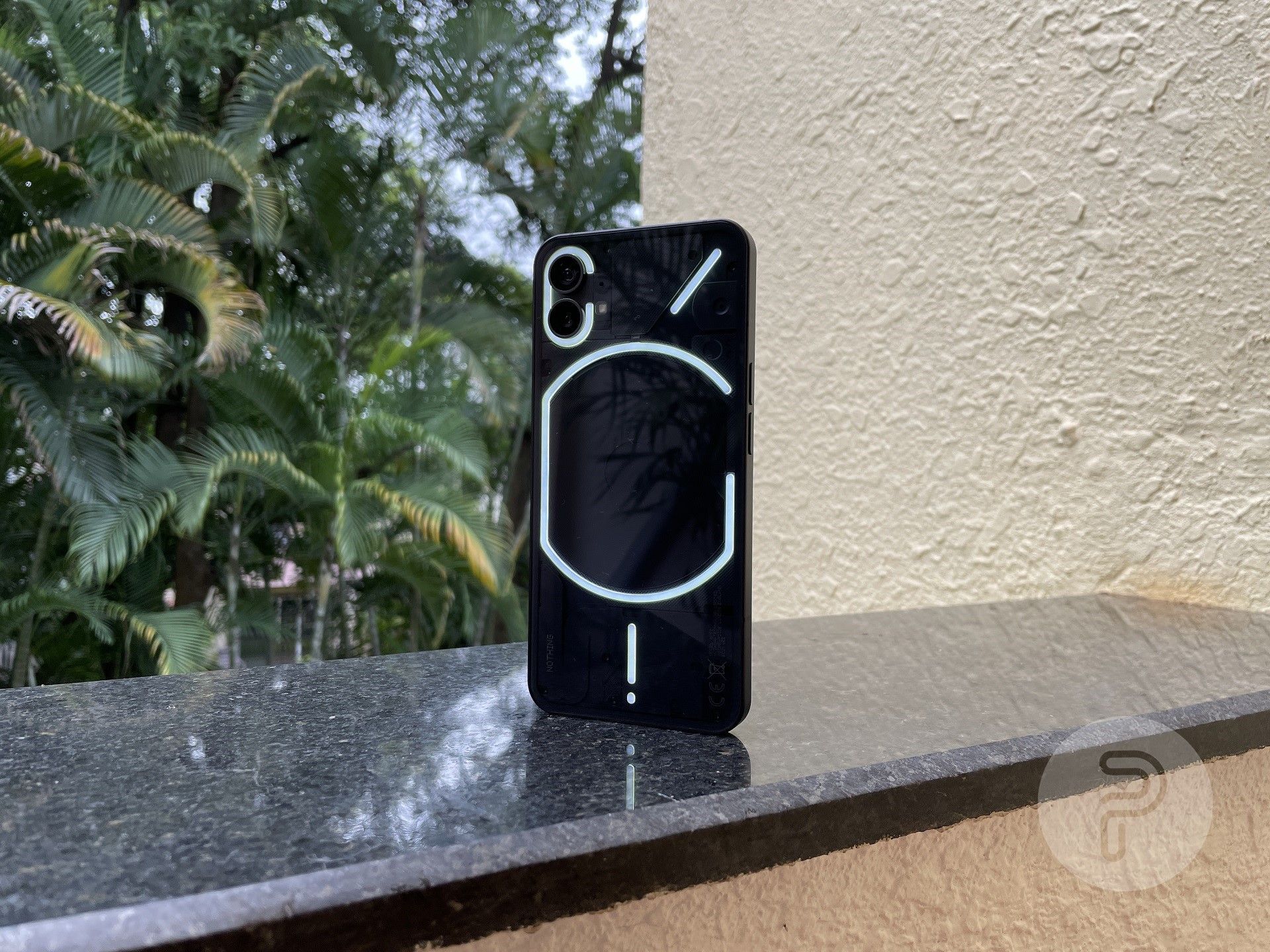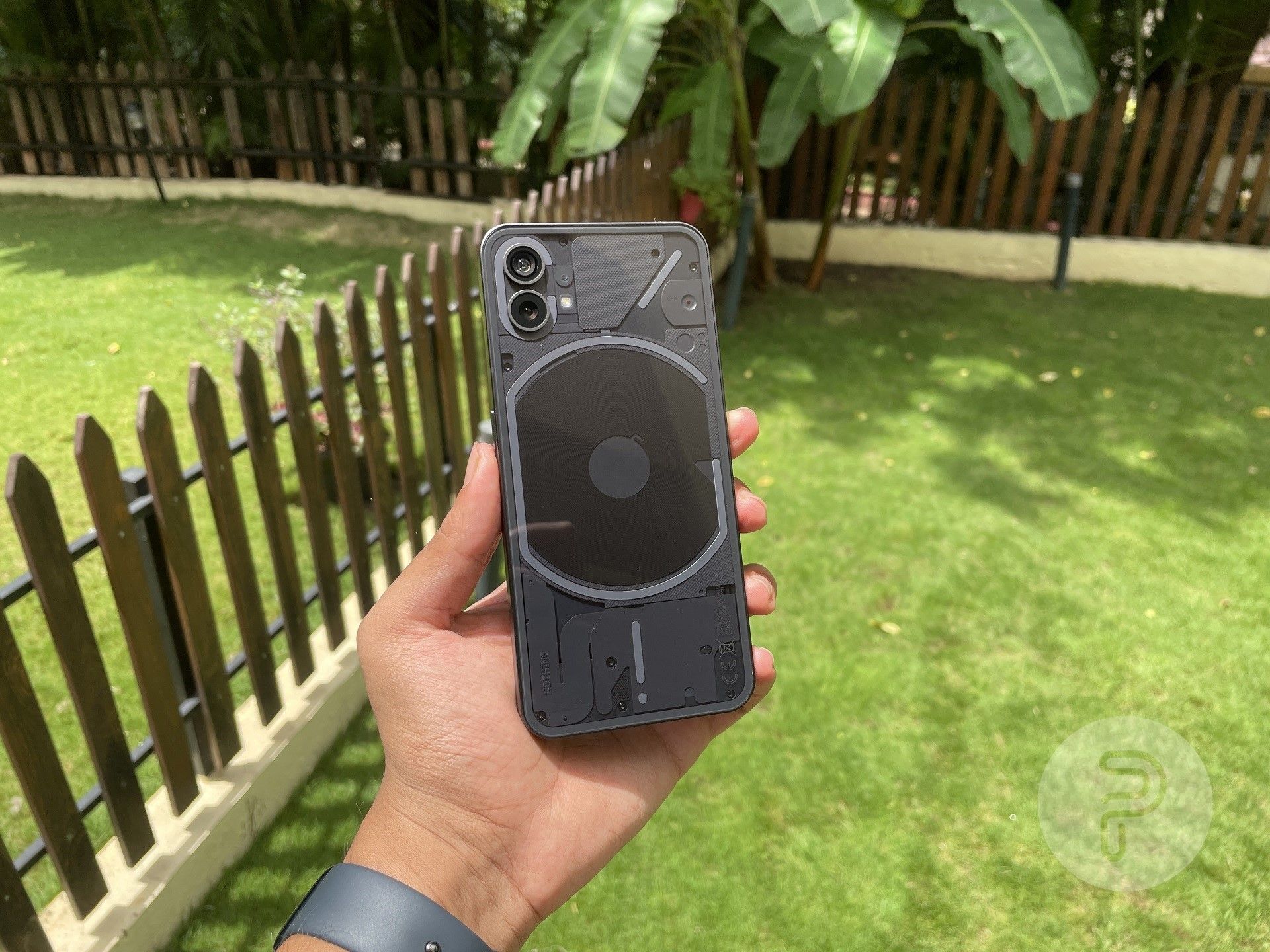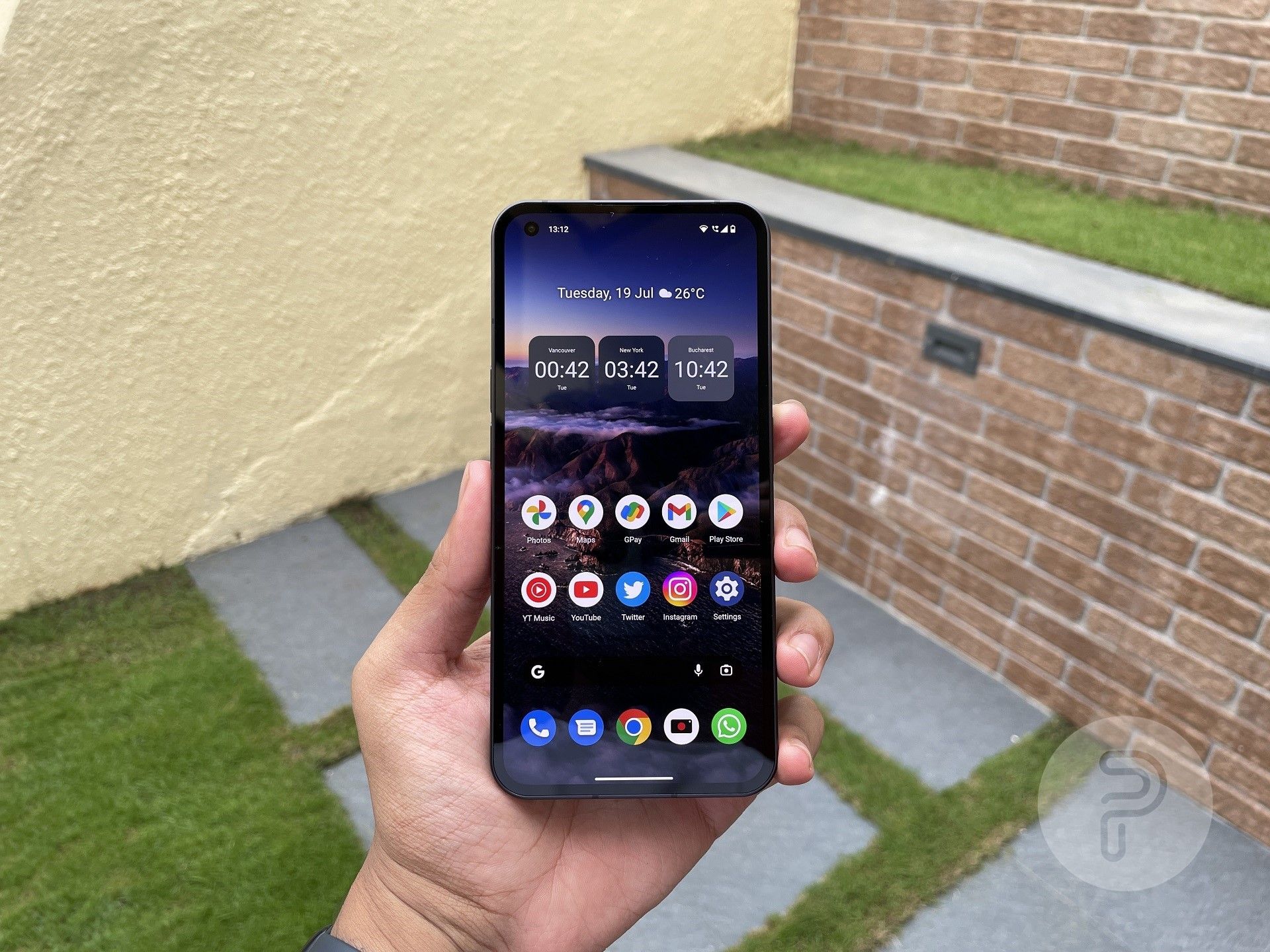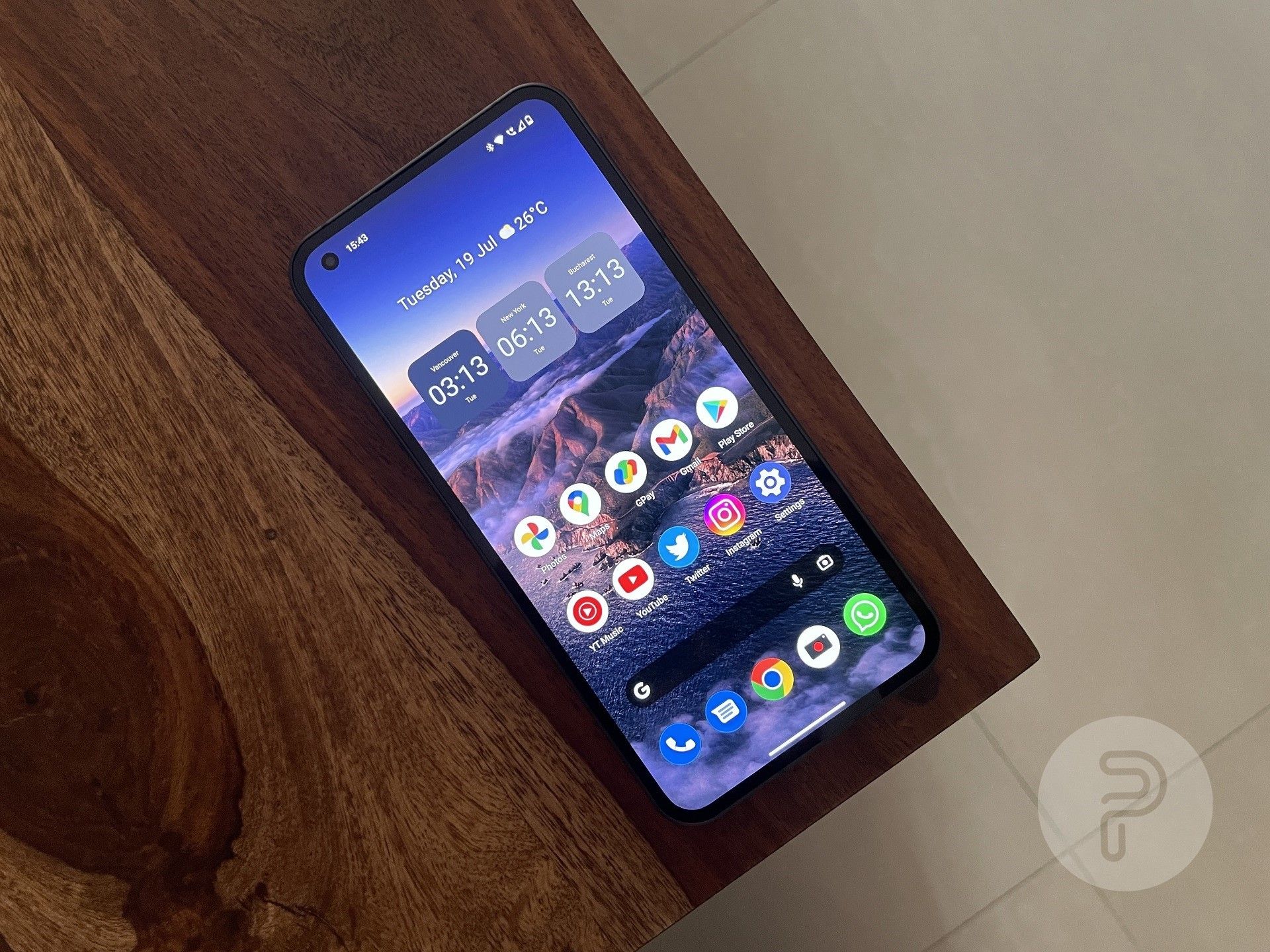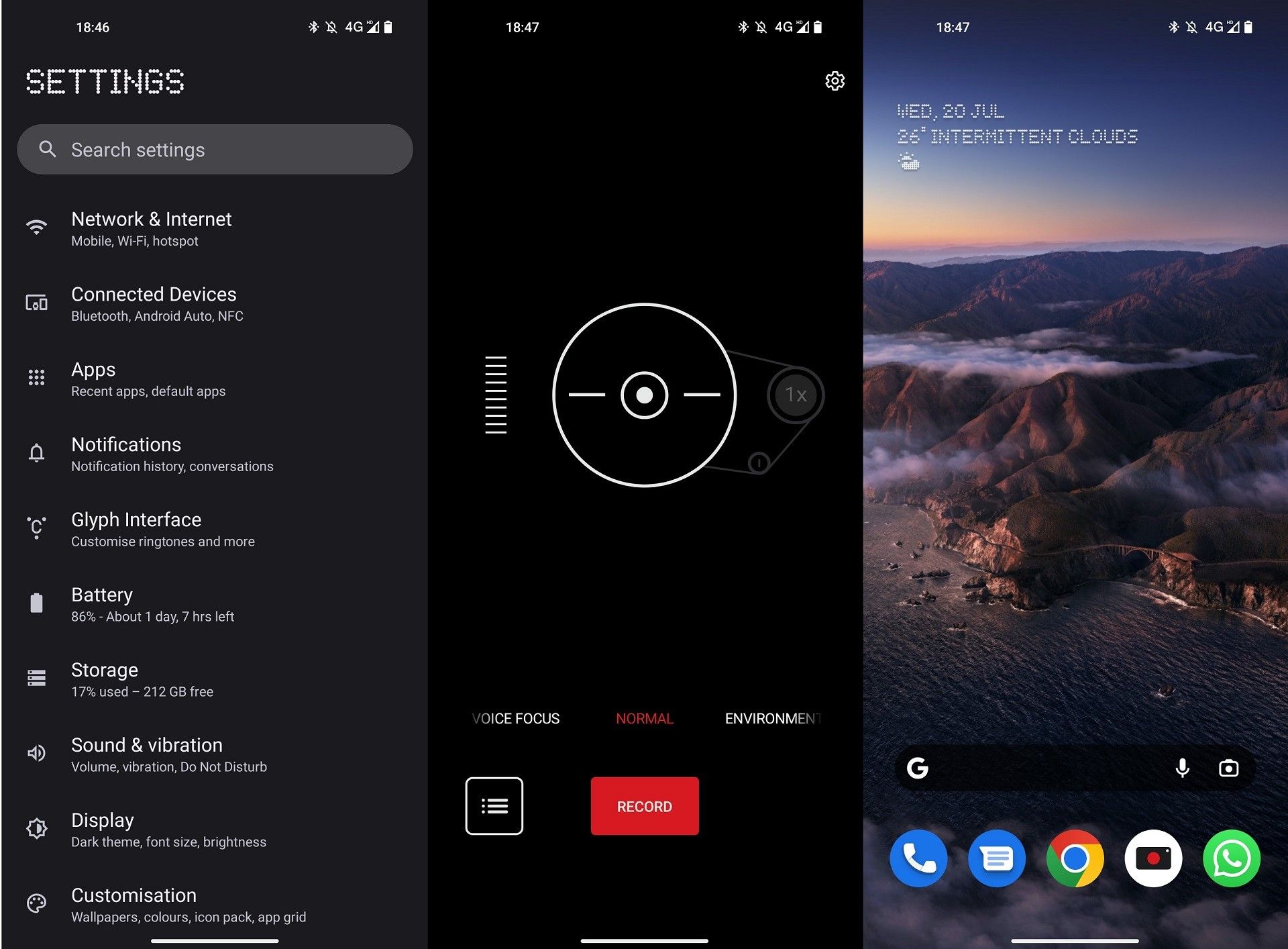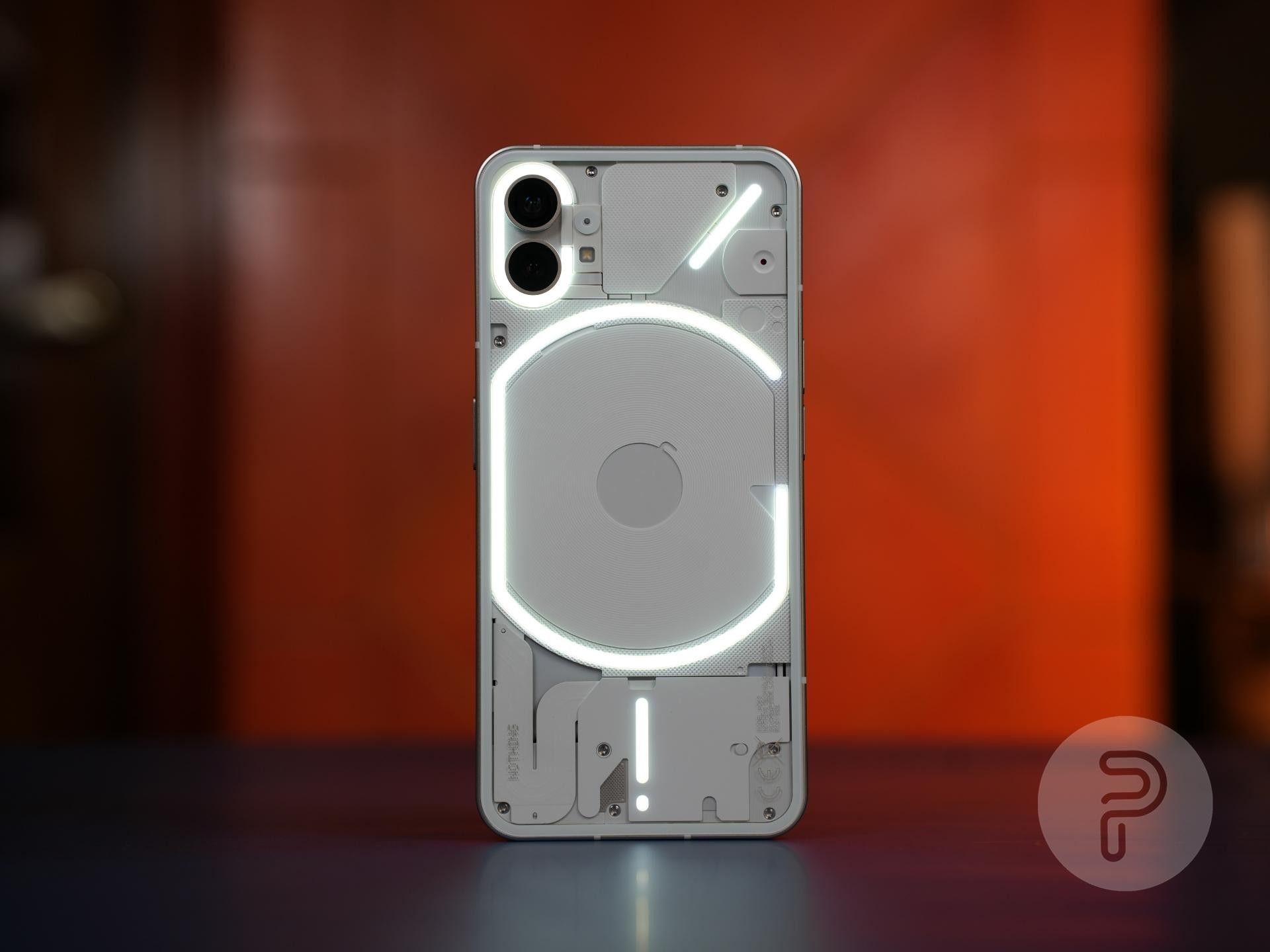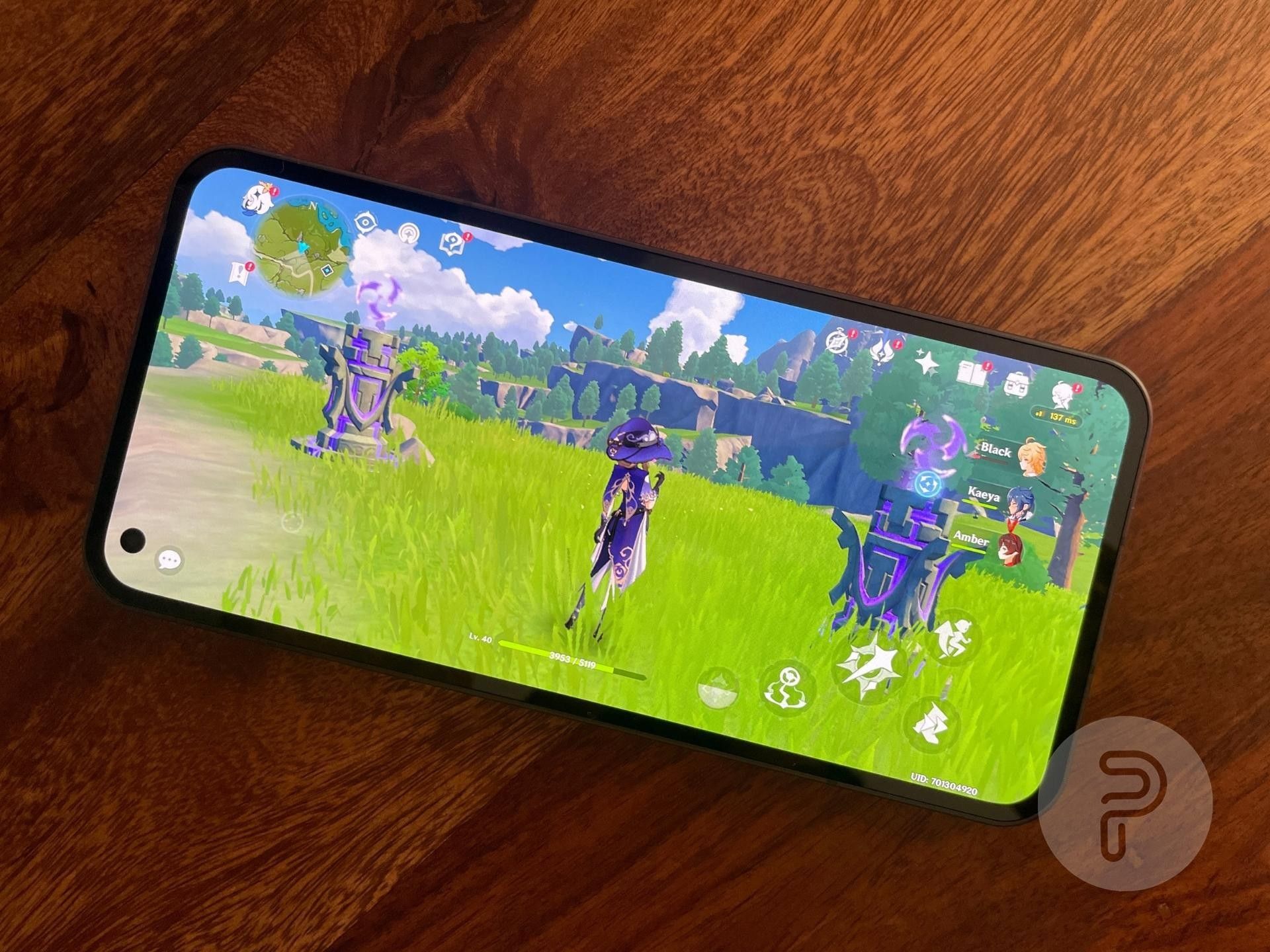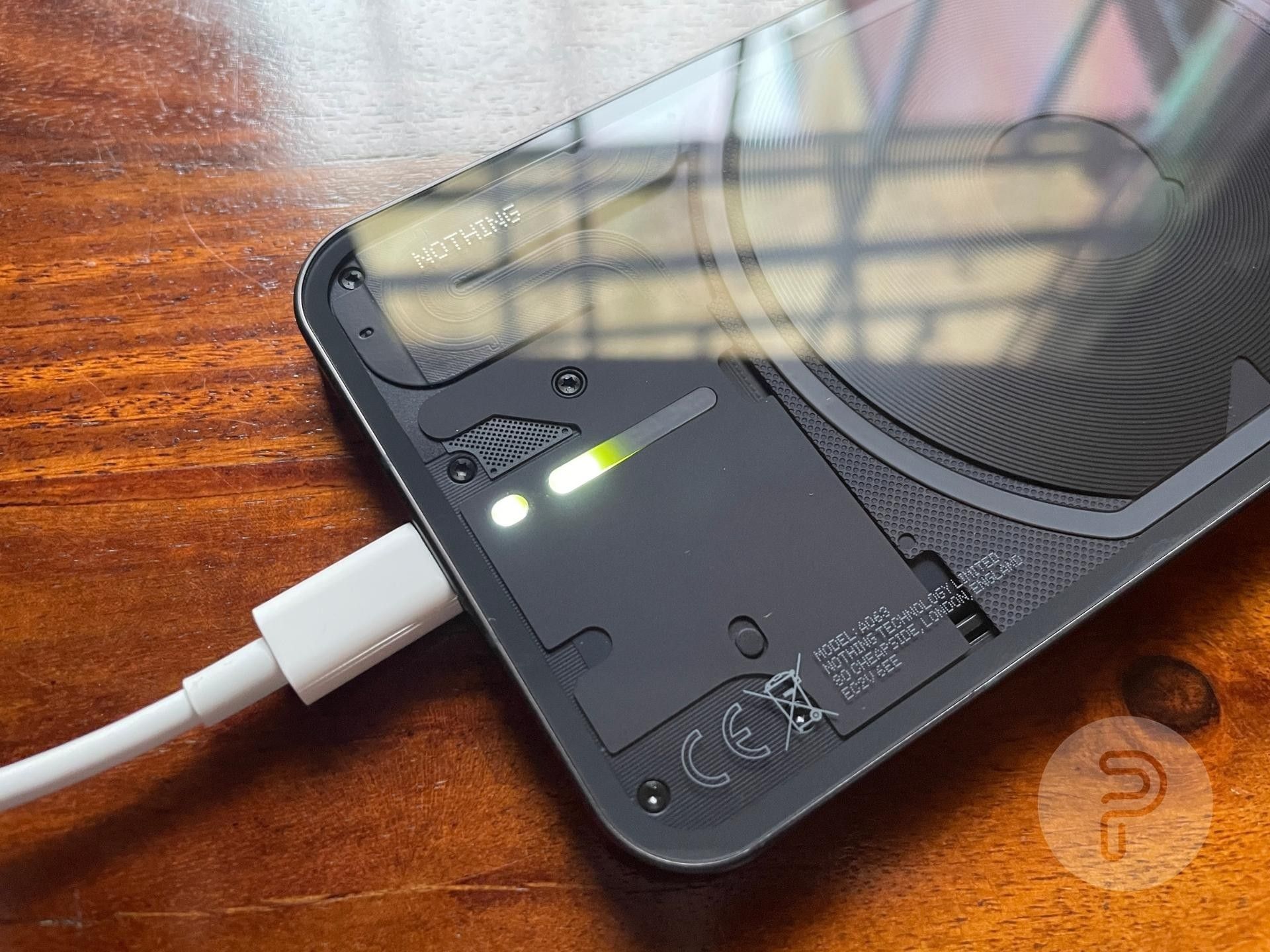Quick Links
“The jack of all trades” often has a negative connotation, but if you read the entire quote, you’ll see that it’s meant as a compliment. It reads: "a jack of all trades is a master of none, but oftentimes better than a master of one." And I think this describes the Nothing Phone 1 to a tee. Carl Pei's latest brainchild is a device targeting the mid-range smartphone market under the banner of Nothing, an upstart company that wants to bring something new and exciting to the commodified smartphone world.
With a starting price of £399 ($475), the Phone 1 will likely be a favorite for many, and delivers a level of polish that’s unexpected for a first-time product -- at least outside the US. After spending five days with Nothing’s beep-bop-boop Glyph-toting light-show of a phone, I think it delivers great value.
For this review, we used an India-market Nothing Phone 1 retail unit with 8GB RAM and 256GB internal storage.
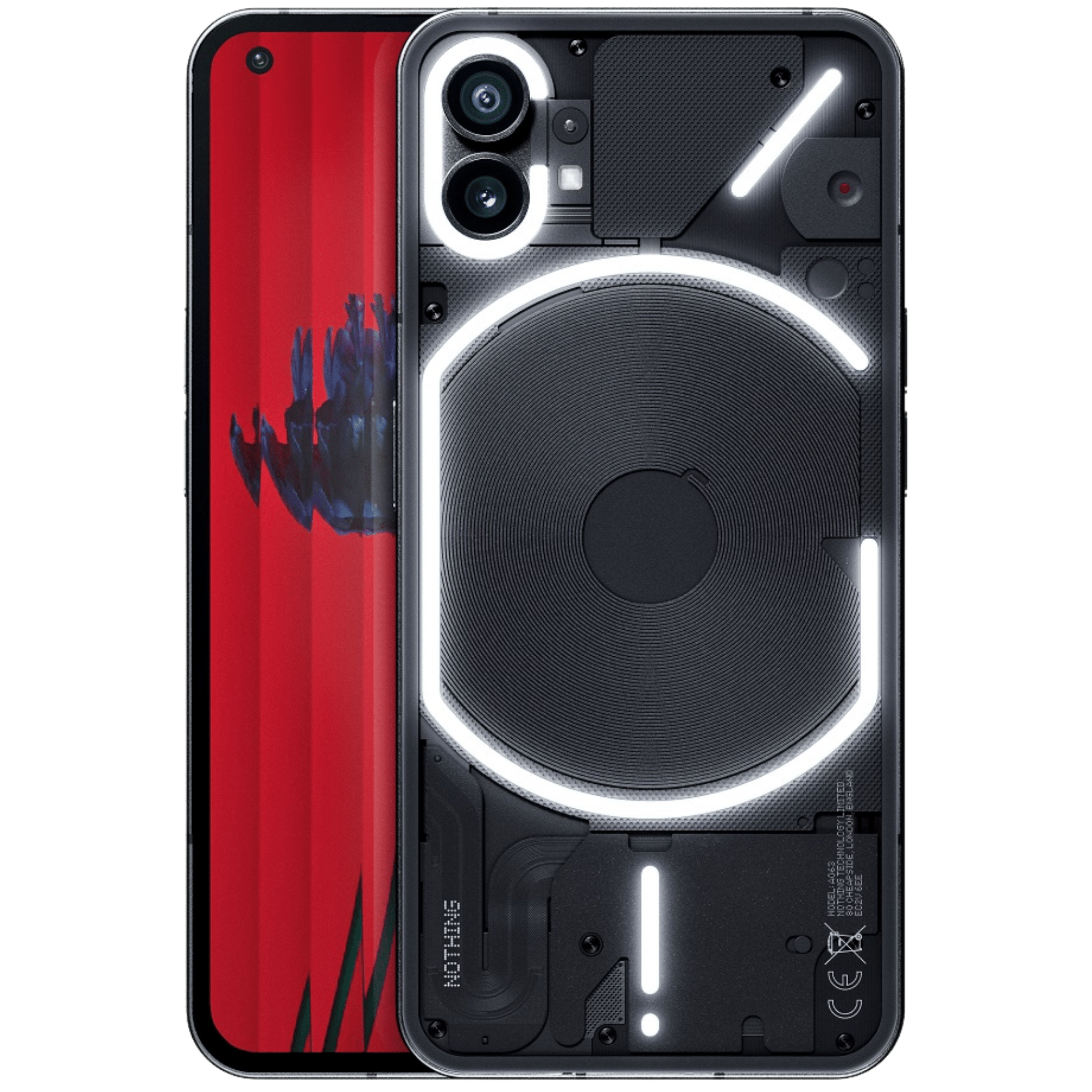
Nothing Phone 1
Nothing Phone 1 comes with a 6.55-inch 120Hz OLED display with slim bezels, a custom Qualcomm Snapdragon 778G+ processor, 900 LEDs on the back, dual 50MP shooters, wireless charging, and more. Check out the deals on the device using the links below.
Video Review
Nothing Phone 1 Video Review by Jaime Rivera
Design
Let’s tackle the elephant in the room – the Phone 1's design and its prime focus, the transparent glass back with its blinking lights. Frankly, it just looks good.
And really, that's all there is to it. Slab phones, at least in the mid-range, are generally quite boring — unless they're a limited edition — and seem to favor plastic frames and backs. Here, Nothing's decision to ship a glass and aluminum sandwich is welcome. The way the Glyphs' 900 LEDs work is eye-catching, but it's something I’ll explore later in this review. One thing is for sure: the light show doesn't detract anything from the phone. It only makes it more interesting..
Behind the rear glass, the various components add a layer of depth that’s pleasing to look at. The wireless charging coil looks especially stealthy on the black variant that I tested.
Despite weighing 193.5g, the Phone 1 feels incredibly light. It somehow feels lighter than my iPhone 12, which weighs about 30 grams less. Maybe it’s just my imagination, but the weight distribution on this smartphone is top-notch. This handset isn't top-heavy, and getting it to stand upright isn’t an issue — a welcome bonus when taking pictures of it.
As for the slab sides, yes, the Phone 1 looks similar to newer iPhones, but I don’t really mind. If anything, this phone feels just a little too thick.
Display
The Phone 1 is one of the few Android smartphones that features a screen with even bezels all around. And not only is this 6.55-inch display a pleasure to look at, but the color reproduction, viewing angles, and sharpness on this 1080p OLED panel are excellent.
It has a peak brightness of 1200 nits for HDR content with a typical brightness of 500 nits. That’s a bit dimmer than I’m used to. Basically, the screen is a little harder to read in direct sunlight, but it isn't a dealbreaker.
Also significant is this screen’s 120Hz refresh rate. It’s adaptive, and the display automatically chooses between 60Hz and 120Hz depending on content. But since the latest update (Nothing OS 1.1.0), users can choose between high and standard refresh rates, and the toggle for adaptive refresh rate is gone.
Still, if you head into the Developer Settings, you’ll find an option that removes the system's ability to fall back to 60Hz, and this works quite well. I never noticed the phone dropping frames or falling back to 60Hz.
While the Phone 1’s visual experience is excellent, I can’t say the same about the handset's speakers. They get loud but lack detail, which is perfectly fine for YouTube content but not ideal if you want to listen to music.
The Phone 1 ships with an optical in-display fingerprint scanner that's quick and works like a charm. During the initial setup, the phone skipped the fingerprint edge detection step, but after updating to Nothing OS 1.1.0, this step came back.
Software
The Phone 1’s software has been a major focus in Nothings’ marketing materials. Apart from a few teething niggles, I think Nothing’s delivered a positive software experience.
Nothing OS runs on top of Android 12, and isn't much different from stock Android or what you get with the Pixel launcher, but most of the changes only make the device more user-friendly. This skin is light in terms of visual customizations. If you're looking for lightweight software that includes most of Android 12's tweaks without unnecessary cruft, you'll feel right at home.
The Dot Matrix font, the Teenage Engineering-designed recorder app, and the Nothing launcher widgets are all minor but unique additions that aren't intrusive. And if you’re worried about seeing the Dot Matrix font plastered throughout the UI, don't be. Its use is tasteful and controlled.
Unfortunately, I wasn’t able to test the NFT widget or Tesla integration in Quick Settings, but the latter doesn’t appear to be functional yet anyway.
Despite being clean and simple I have some qualms about the software. I’d like to see more granularity in the controls. For example, the vibration management on this device needs to be fleshed out some more. Currently, there's too little control over how it works together with the various other software elements.
Now, let's talk about software updates. With the Phone 1, Nothing is committed to delivering three Android updates. This means the phone should be getting Android 15 and should receive bi-monthly security updates for four years — until 2026.
The Glyphs
Imagine you’ve avoided any Phone 1 coverage until now. The Glyphs consists of a series of shapes that light up on the back of the phone to indicate that someone's calling or that you have notifications waiting. It's basically a giant notification LED on steroids. Hopefully, Nothing will offer an API for developers, and give the Glyphs an even brighter future.
While it’s pretty cool, I think this feature has limited appeal. I say this because to use the Glyphs, you need to actively change how you put your phone down and then make a conscious effort to configure and remember what each Glyph means. This isn't difficult, but in the age of always-on displays and ambient notifications that pop-up on the lock screen, the Glyphs are certainly unique but far from essential.
Looking beyond the notification-based features, the Glyphs delivers a few more party-tricks – one of which might actually be helpful. If you're looking to shoot photos without the harsh LED flash, the Glyphs double as a way to illuminate your subject with diffused light. And should your phone be the centerpiece of a party, the Music Visualization setting will let the Glyphs react to the audio playing from its speakers.
Beyond this, I can't wait for Nothing to surprise me with improvements to the Glyphs. Hopefully, the company’s listening.
Performance and Battery
When it comes to performance, the Phone 1 features a mid-range SoC with results to match. The Snapdragon 778G Plus packed within feels snappy day-to-day. Navigating around the UI and juggling apps is effortless.
Gaming is also smooth, but I noticed the phone becoming warm after some time. I played Genshin Impact and F1 Clash, and while F1 Clash didn't heat up my Snapdragon 888-based OnePlus 9RT, it warmed up the Phone 1. So that’s something to keep in mind.
Overall, though, moving away from a flagship chipset doesn't negatively affect the Phone 1 and shouldn't play a role in your buying decision unless you're looking for the absolute best performance.
As for battery life, the 4500mAh battery provides respectable endurance, making it through a full day. For my use case, the Nothing Phone 1 typically provides about 5 to 6 hours of Screen on Time before I have to find a charger.
Unfortunately, when it was time to fill up, I didn't have a 33W charger on hand, nor did I have the official 45W unit. As such, I found myself using Apple’s 20W USB-C adapter. It's a shame there's no charger supplied in the box. The Phone 1 only comes with a USB-C to USB-C cable.
With the iPhone's 20W brick, I was able to charge the Phone 1 from 0 to 100% in 80 minutes. That's almost an hour and a half, but the official 45W adapter is supposed to reduce this number to just a few minutes over one hour. Still, the phone charges quickly, and if needed, a midday refill only takes a few minutes.
For those who prefer wireless charging, I'm happy to report that the Phone 1 supports 15W Qi wireless charging. And if you have a pair of earbuds that support Qi, 5W reverse wireless charging is also available.
Camera
When I received the Phone 1, the camera was one of the last things I tested because it offers familiar specs, so I already had an idea about what to expect. While the primary camera matched my expectations, the Ultrawide initially left room for improvement. Fortunately, the Nothing OS 1.1.0 update improved things. HDR -- which was a little inconsistent when dealing with leaves -- is a much better now.
The 50MP primary camera combines Sony’s IMX 766 1/1.56" PDAF sensor with an f/1.9 OIS lens, and is able to capture great images. The photos are bright, with vibrant colors and a nice, shallow depth of field. As for the 50MP Samsung JN1 ultrawide, I was initially highly disappointed, to the point that I considered never using this camera. But as mentioned above, the latest software update has rescued this shooter in most conditions. Some subjects will remain hit-and-miss, but at least I can now recommend the ultrawide and expect it to deliver usable results.
I’m pretty impressed with the Phone 1’s night mode. Low-light images receive a significant boost in brightness without sacrificing detail too much. Colors are also well maintained, and this camera system won't let you down if you're out in a restaurant with friends or family. As for portrait mode, it’s par for the course and does a decent job, but I believe most of the heavy lifting is done by the main shooter’s shallow depth of field rather than the software.
The 16MP front camera is just okay. It struggles at night, but takes usable pictures given enough light.
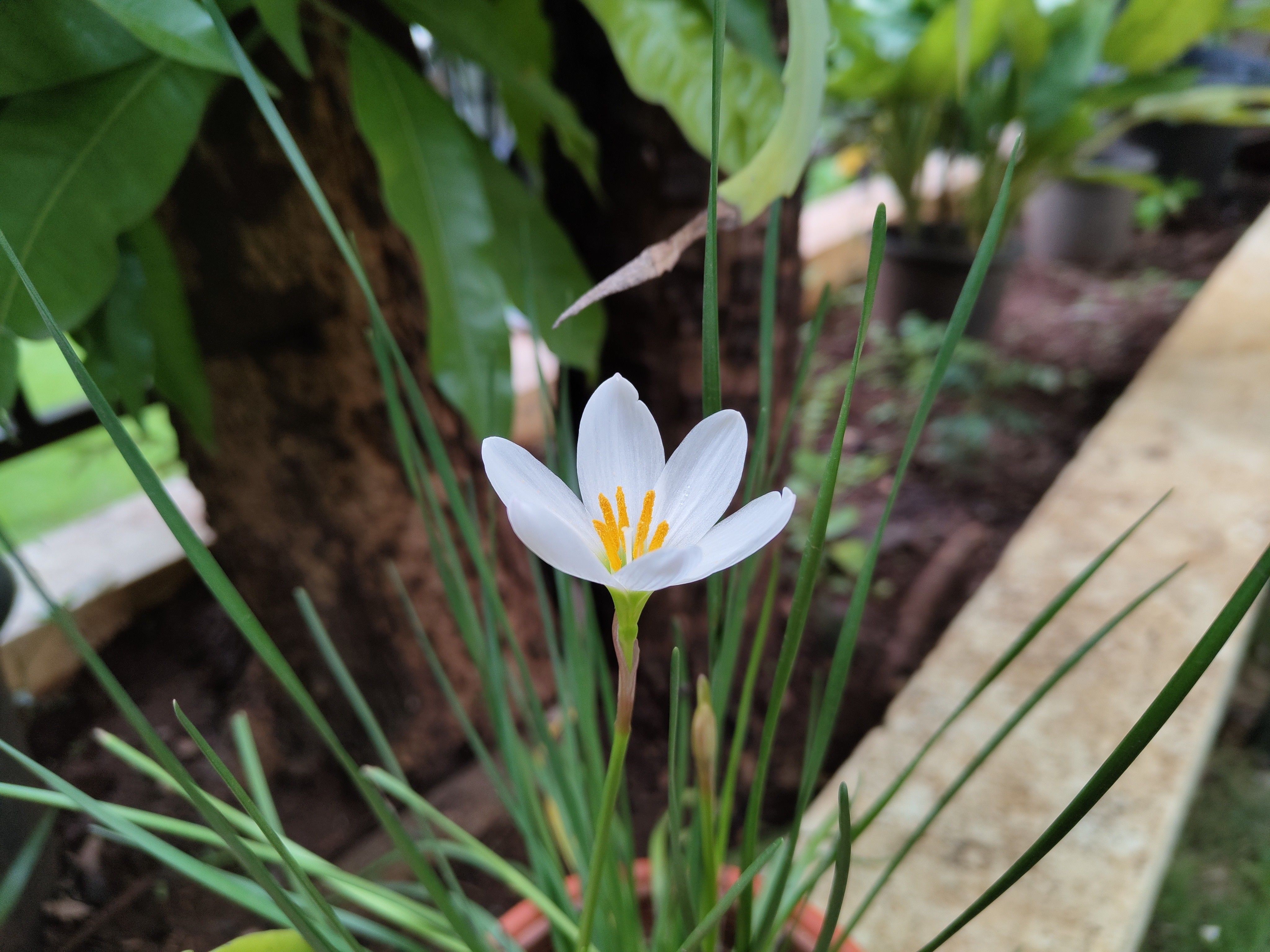
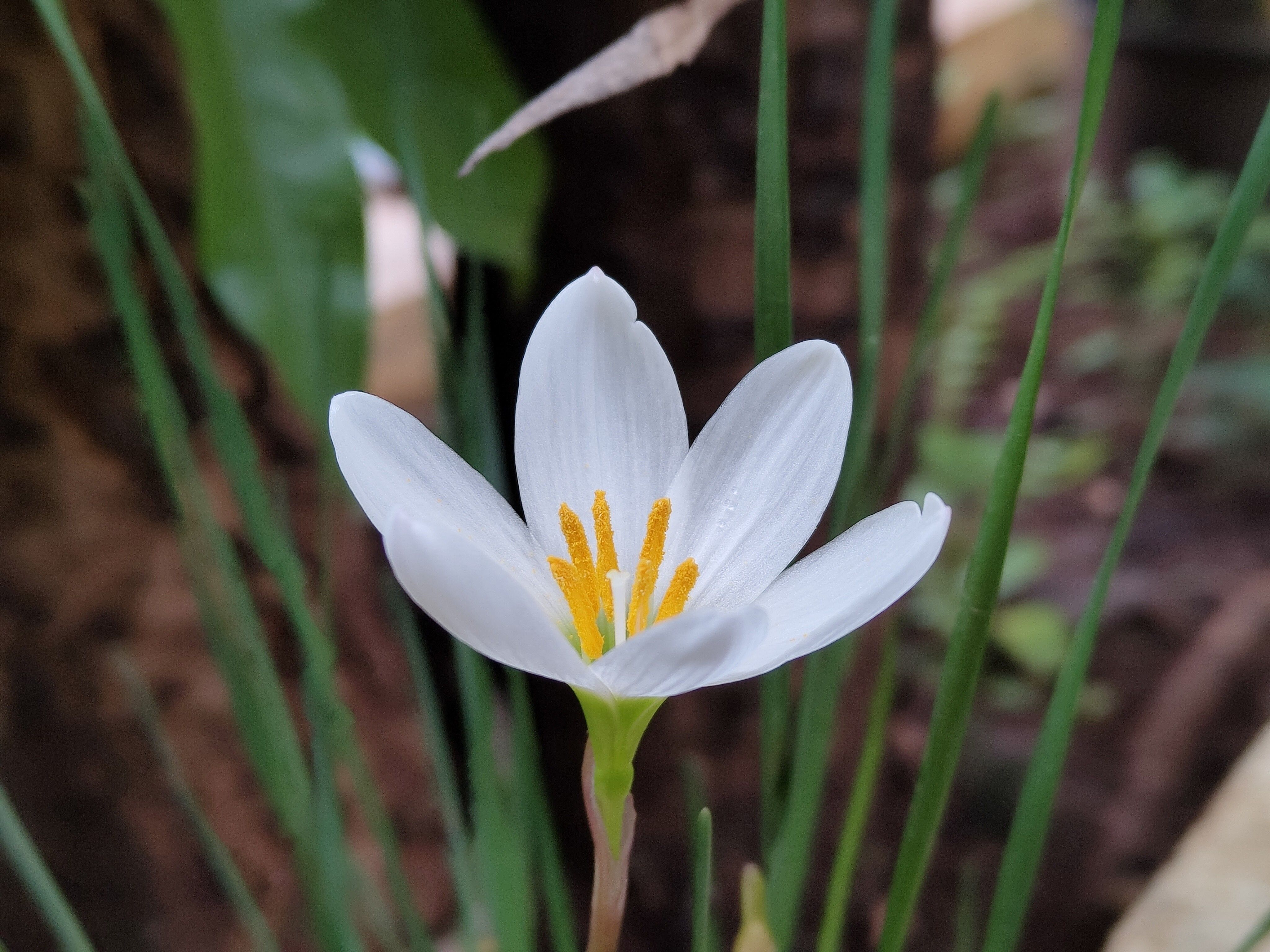
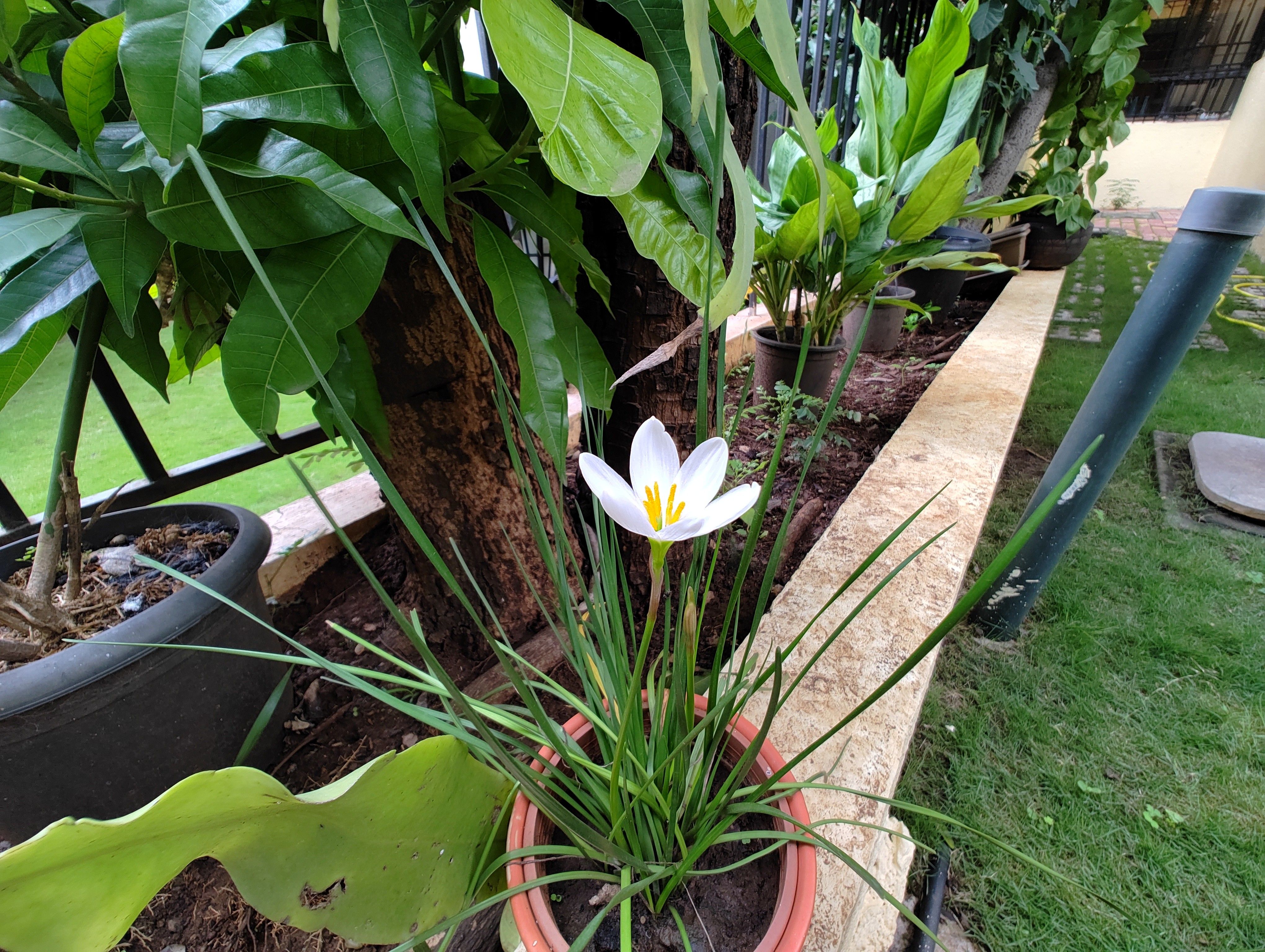
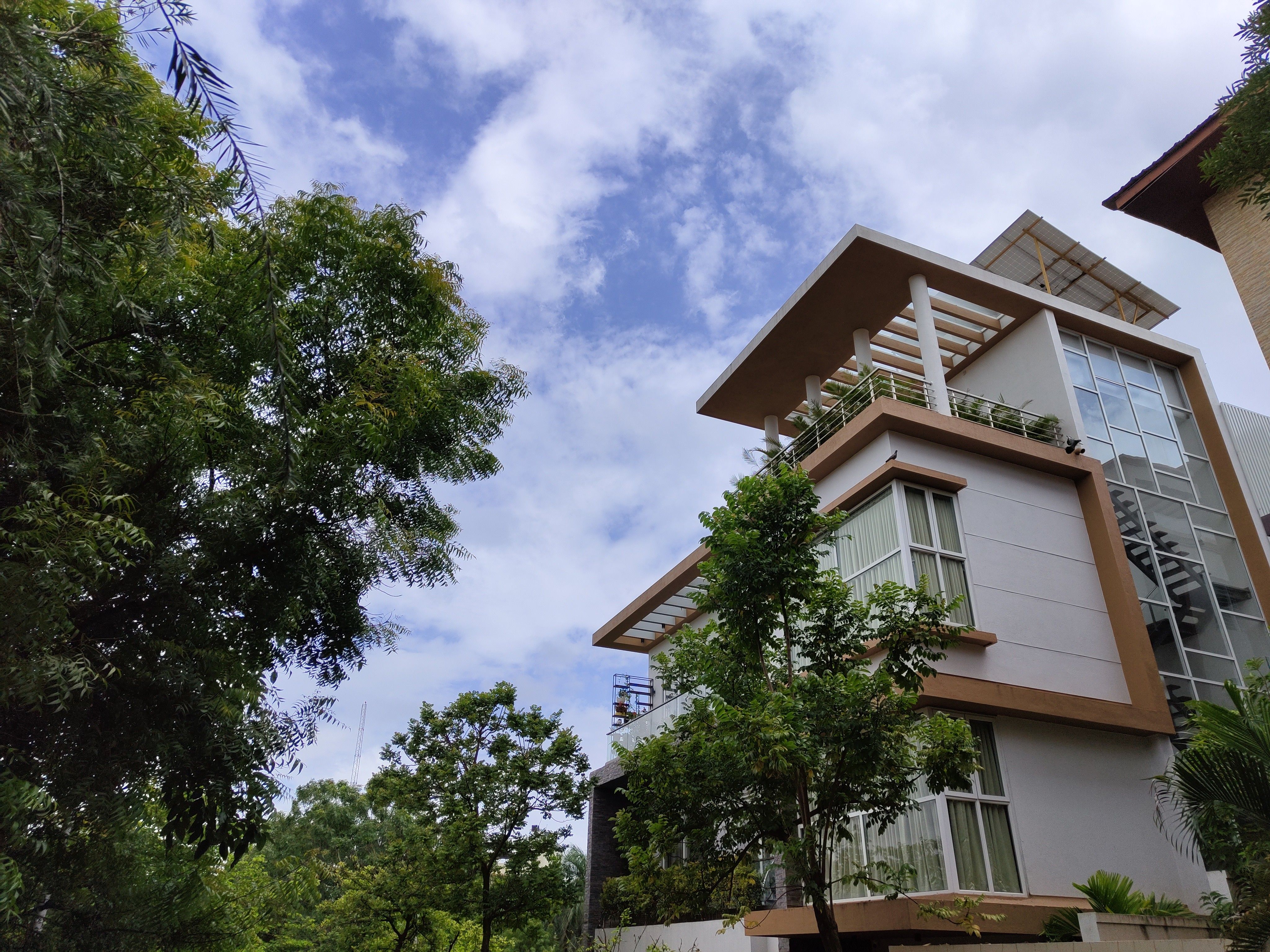
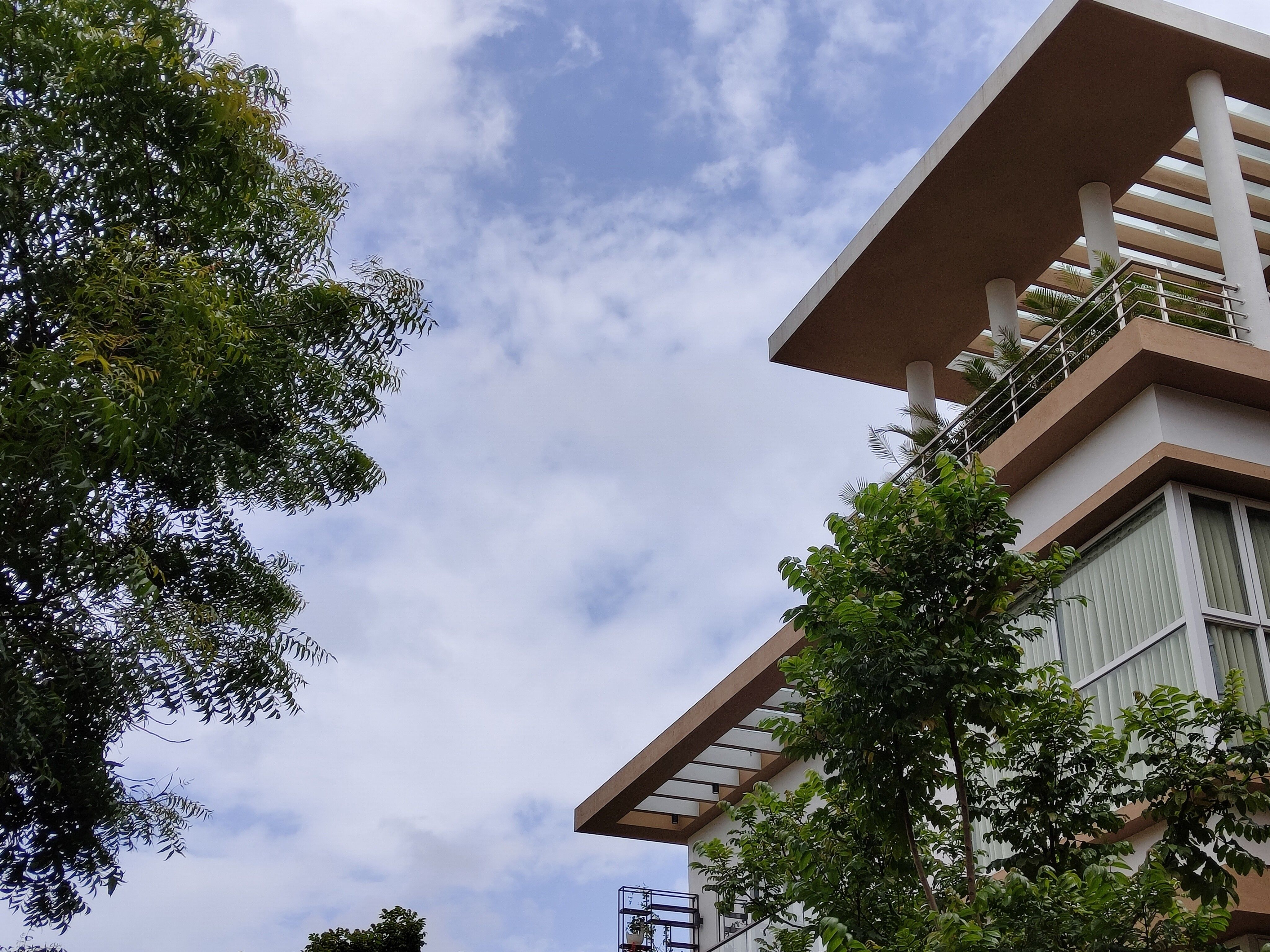
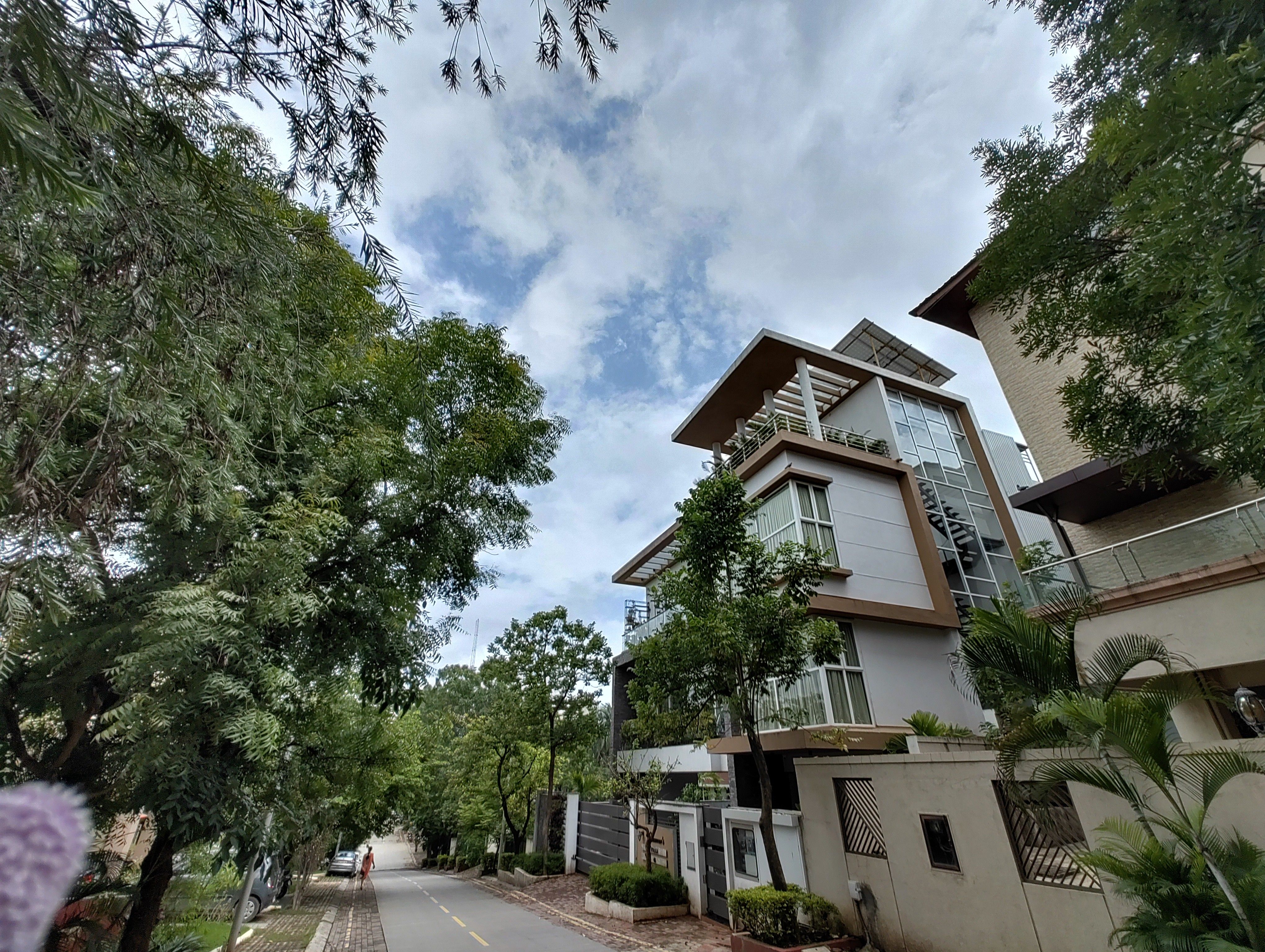
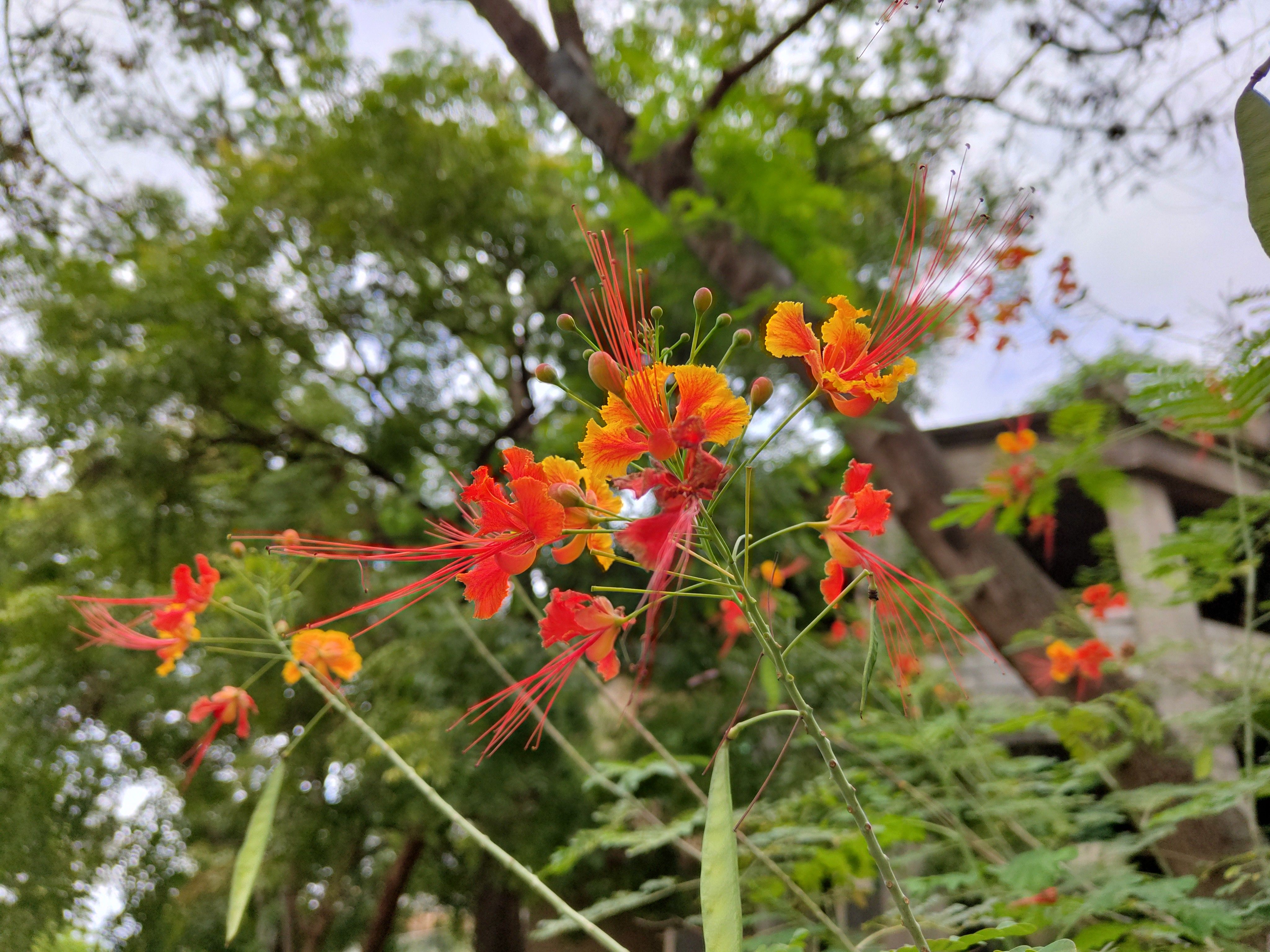
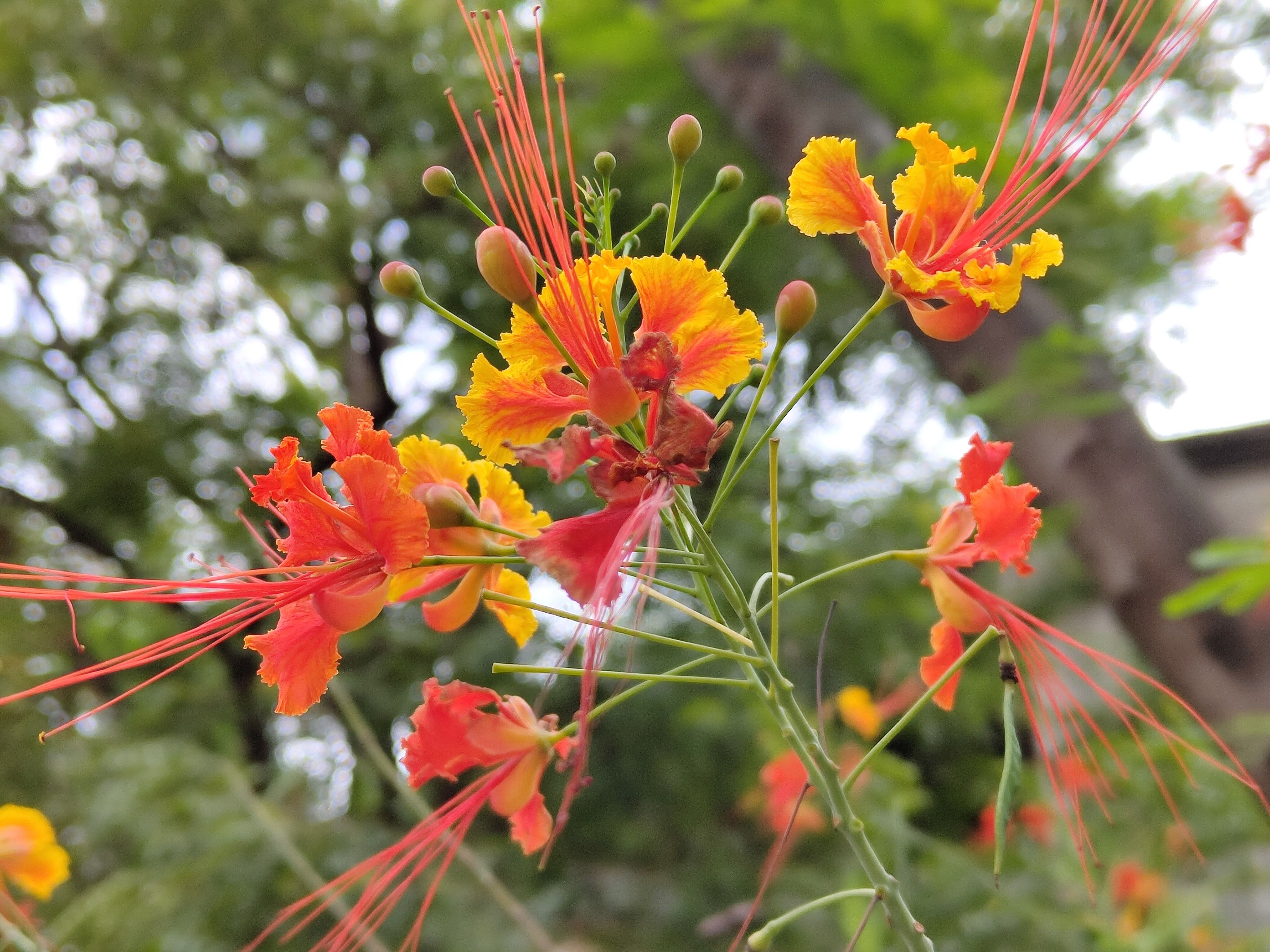
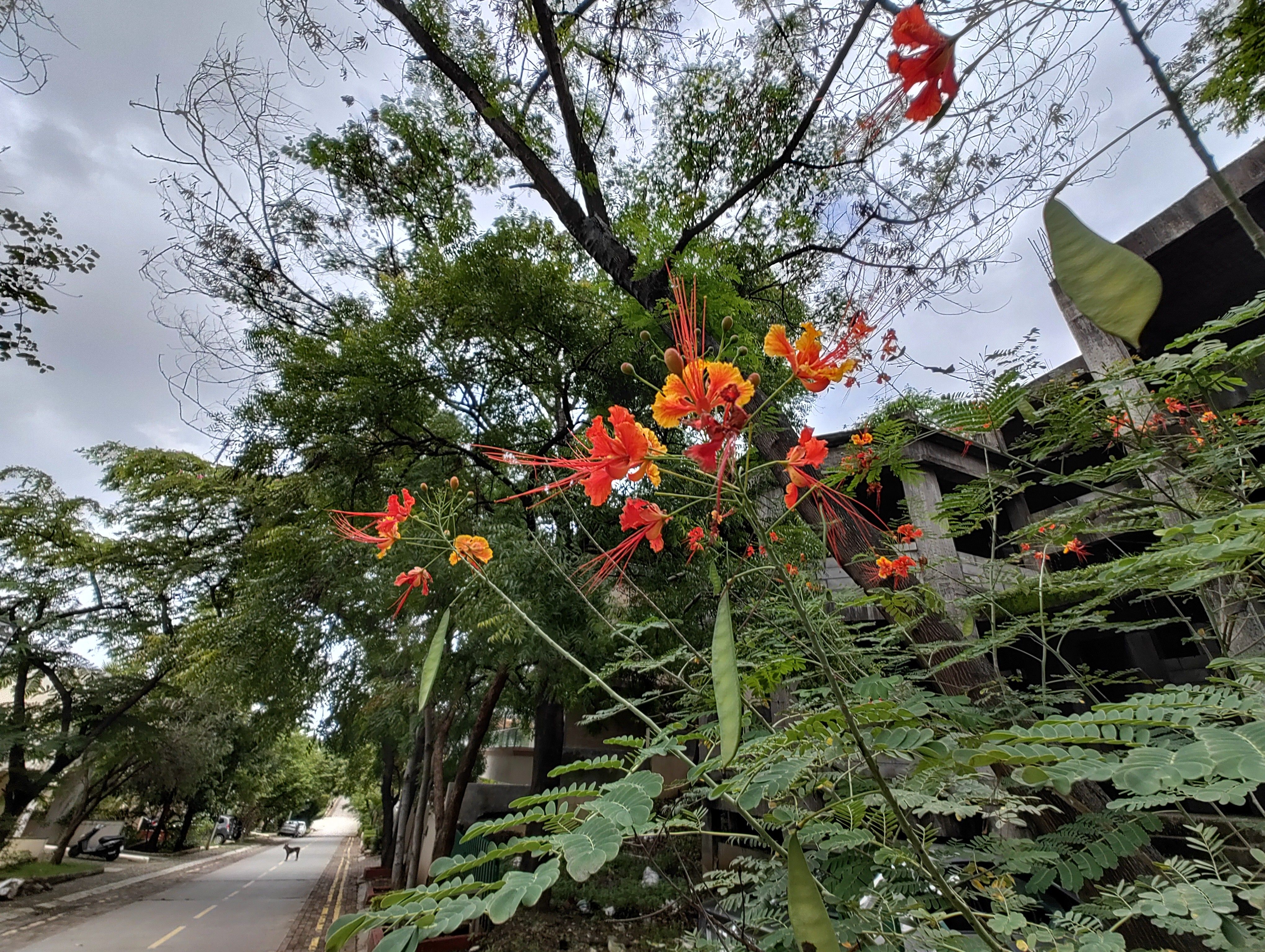
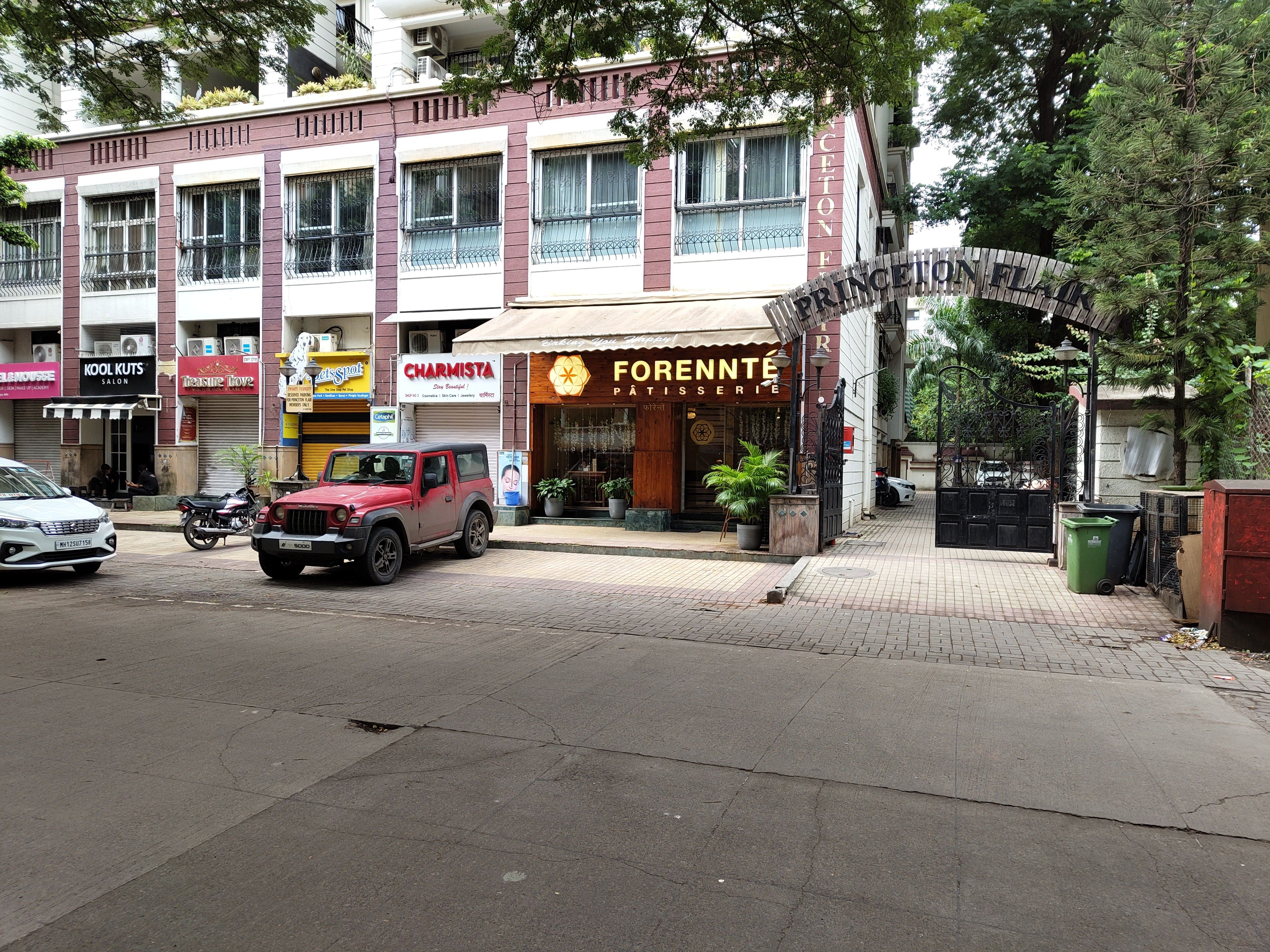
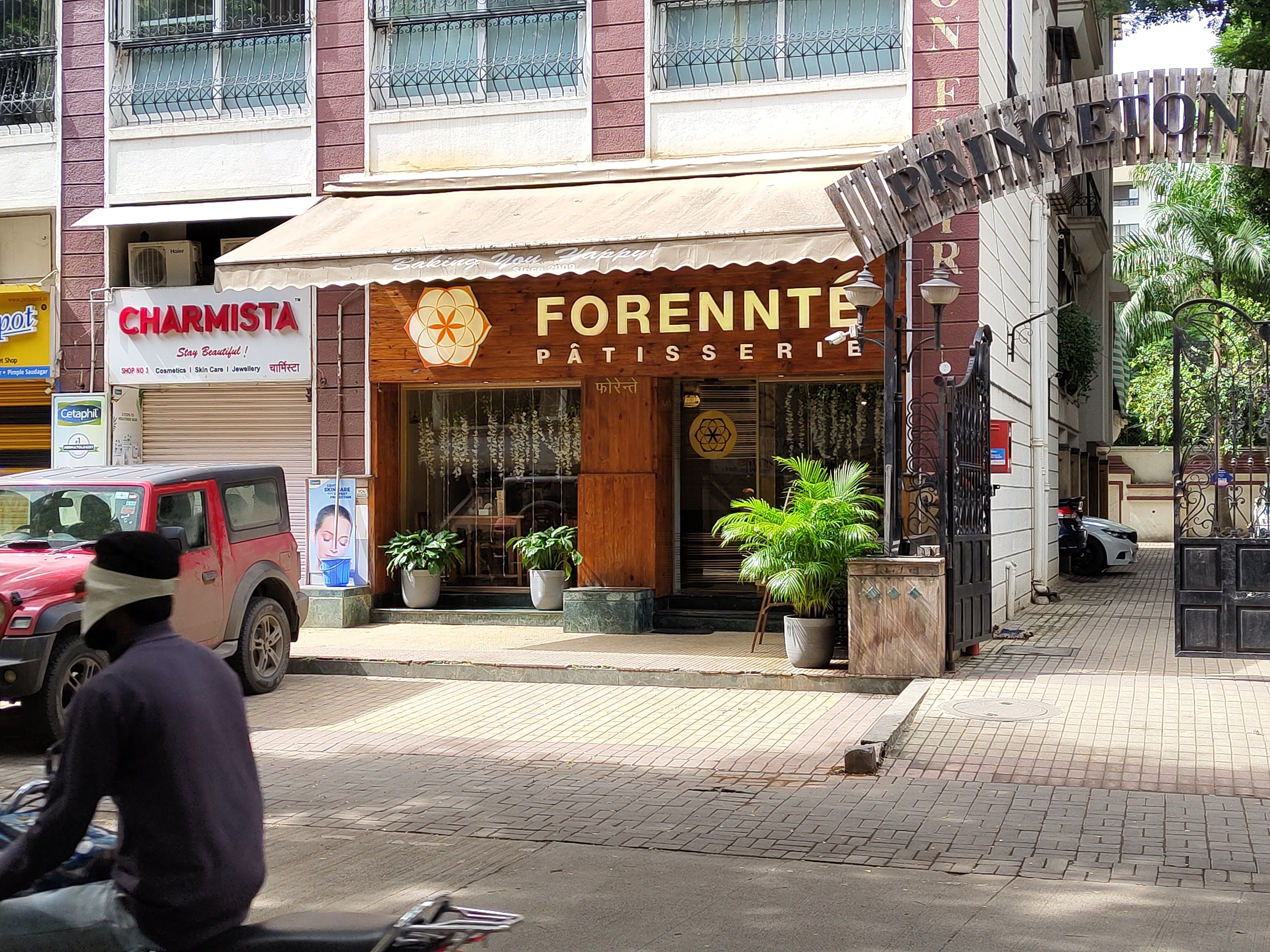
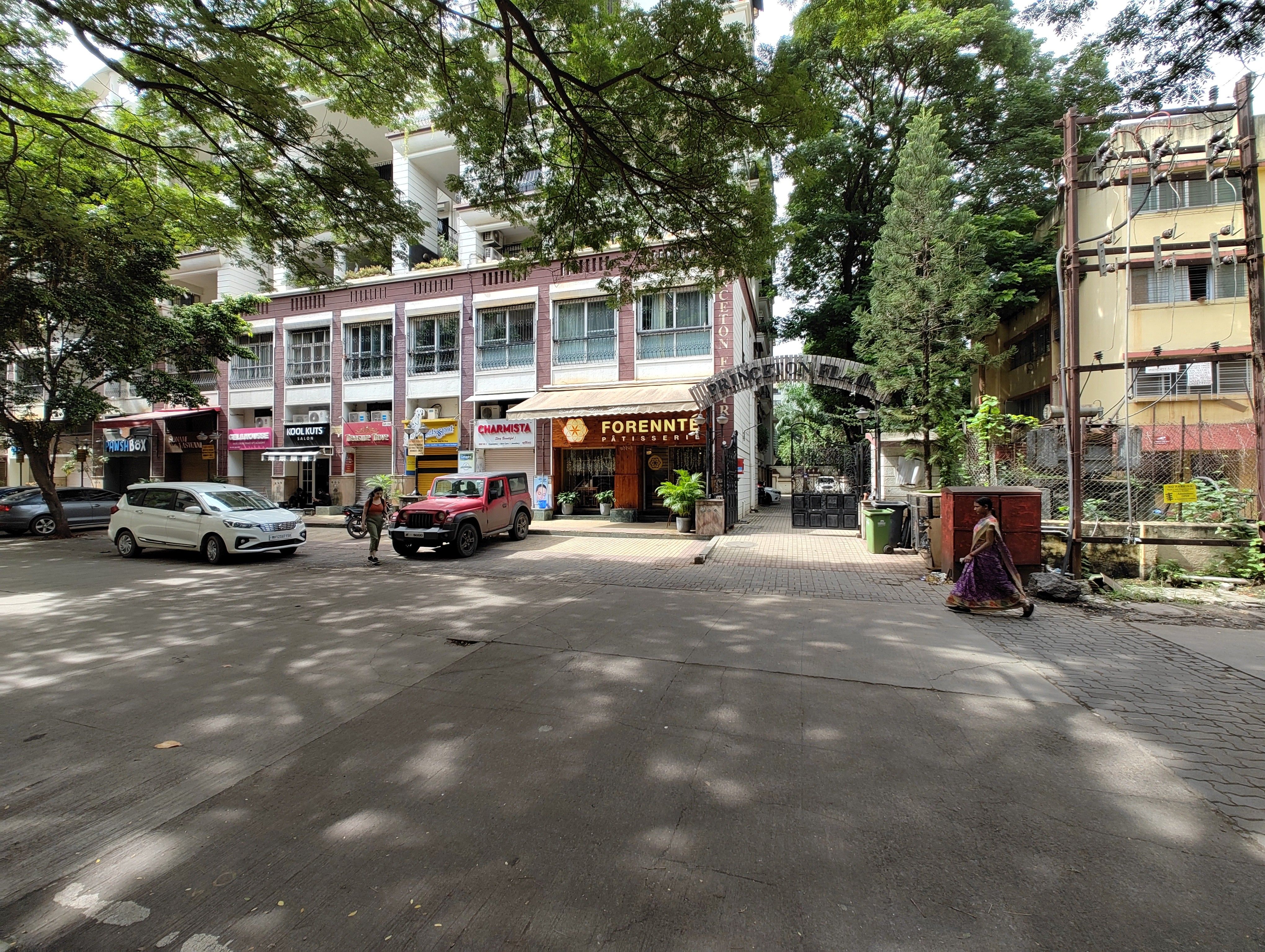
Night Mode Samples
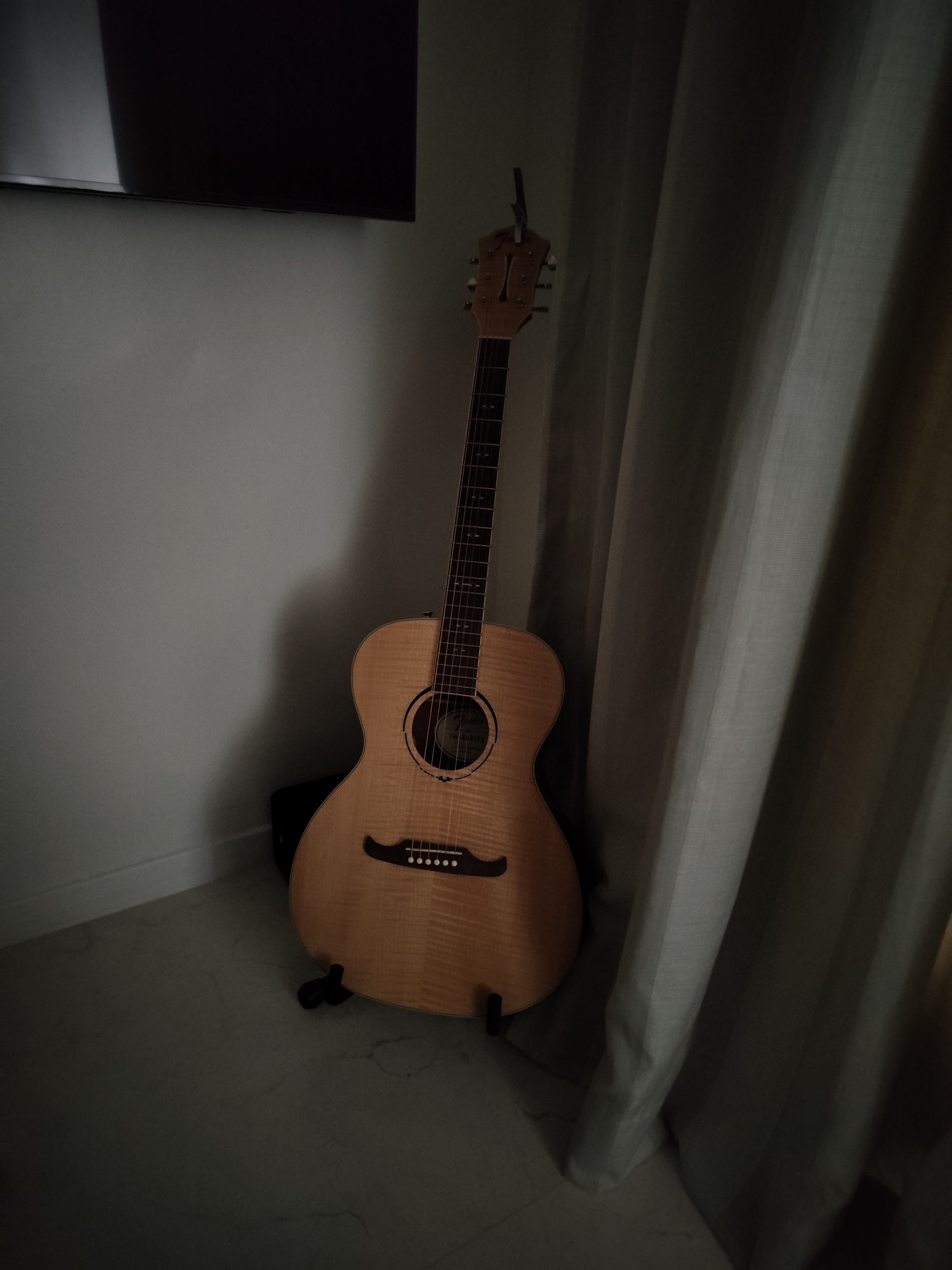
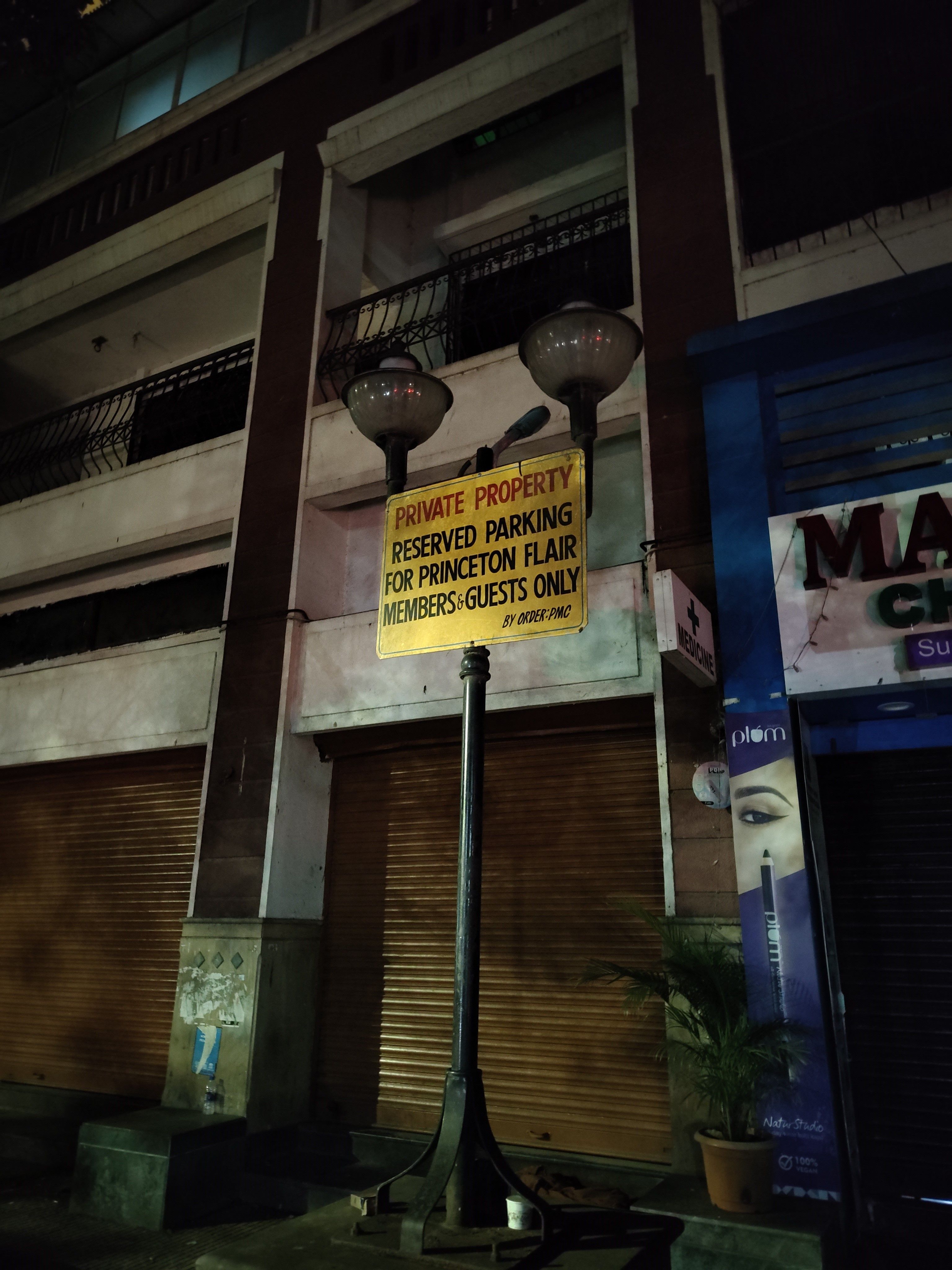
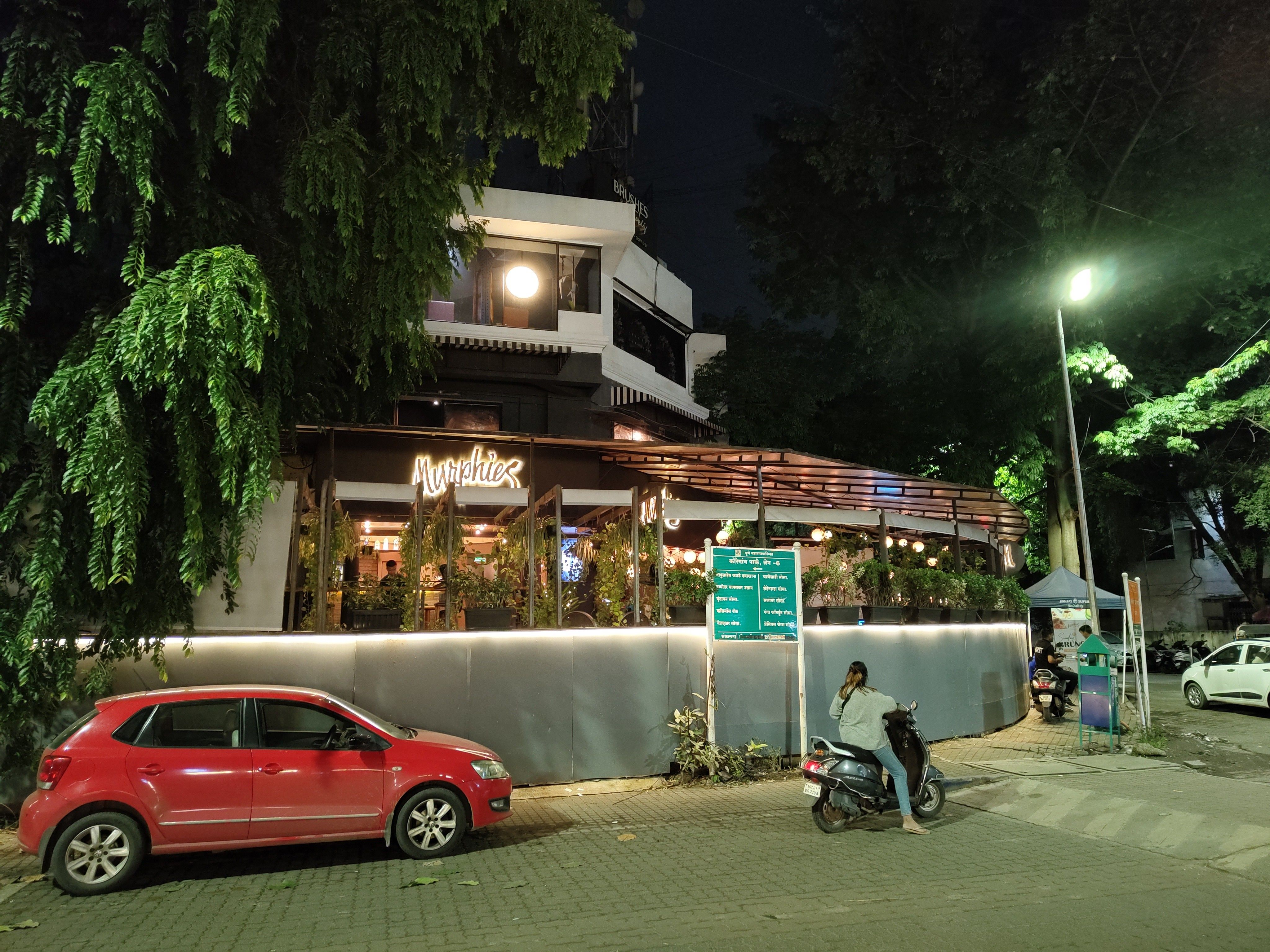
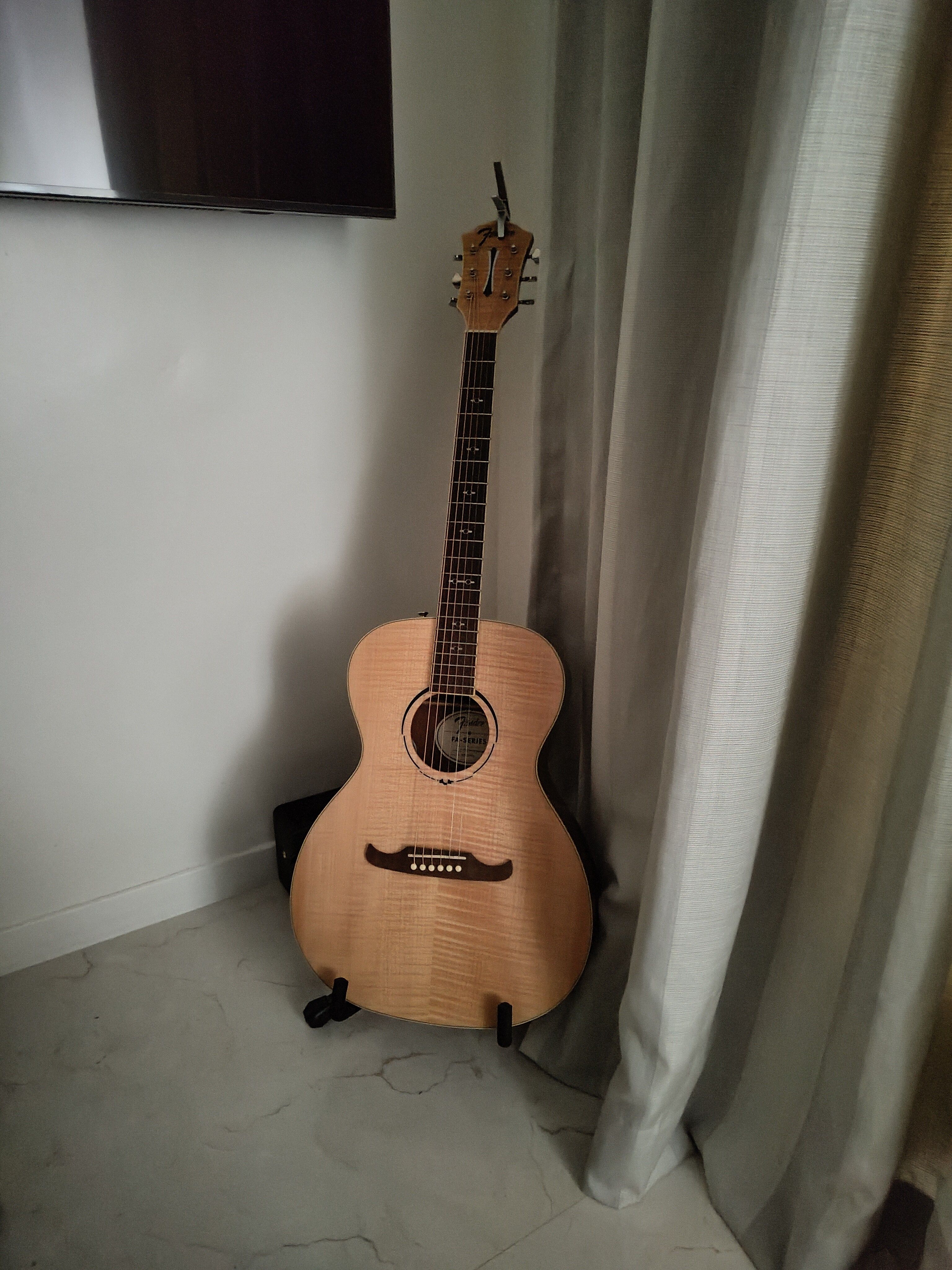
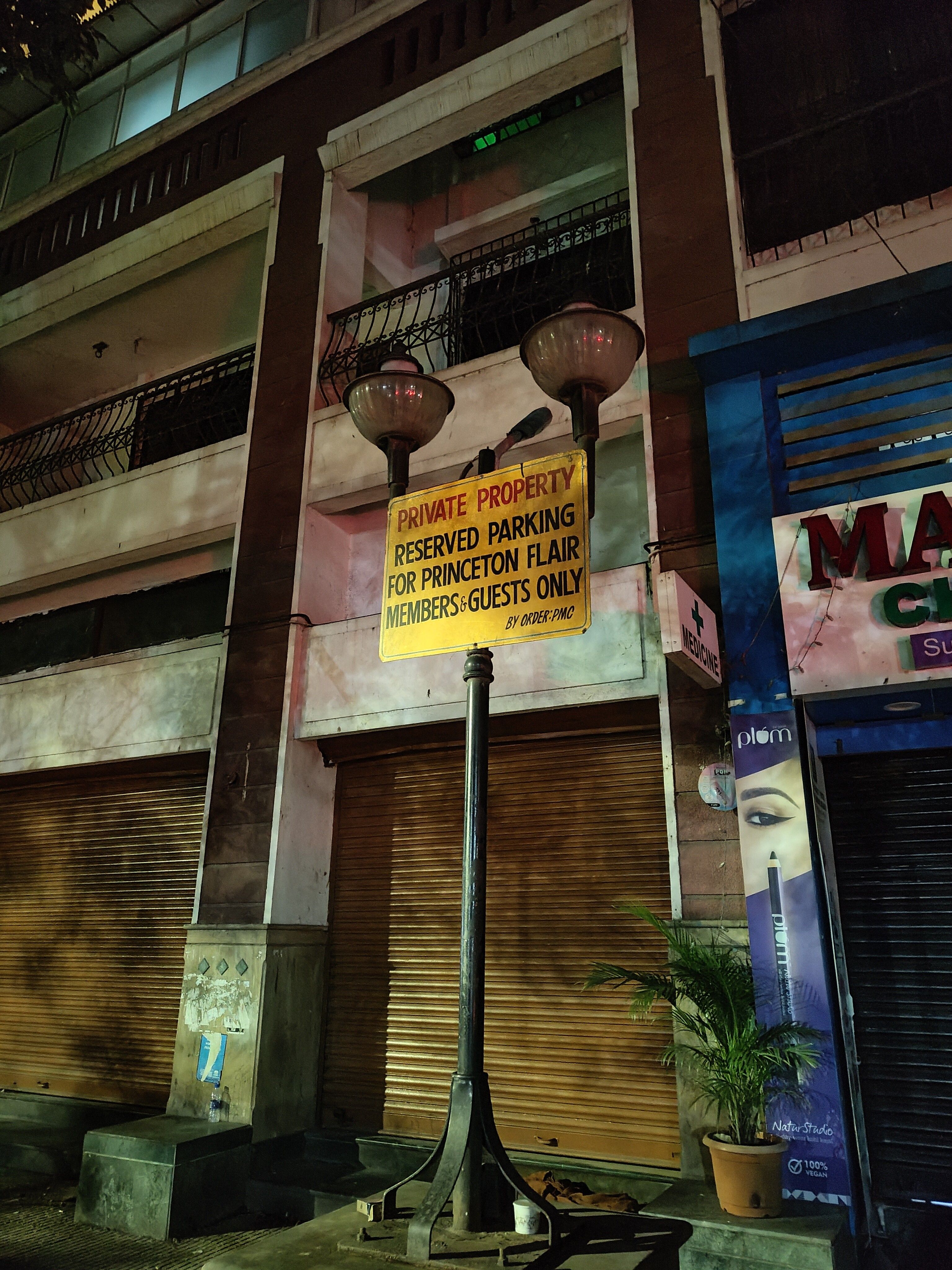
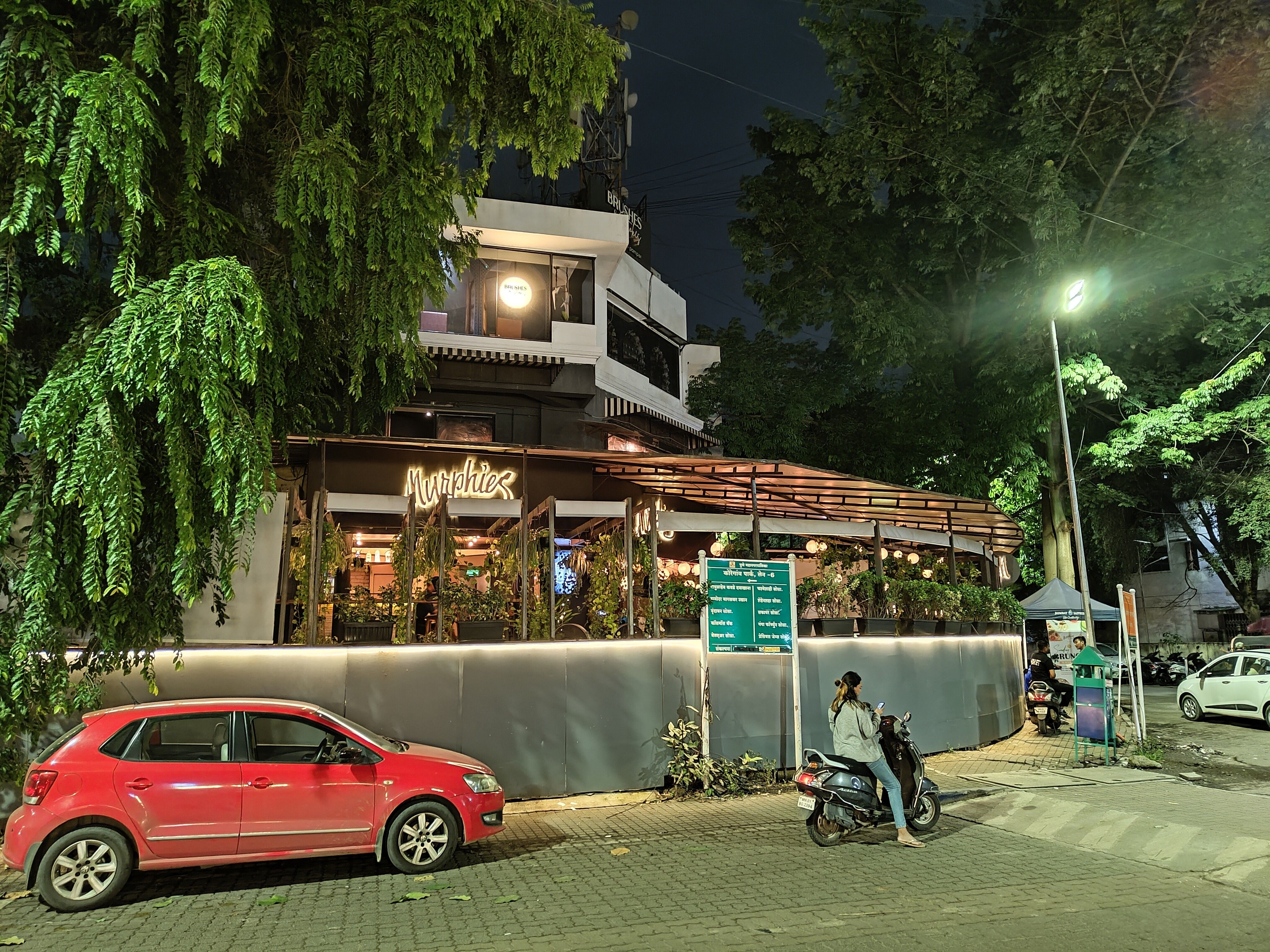
Ultrawide Comparison Sample
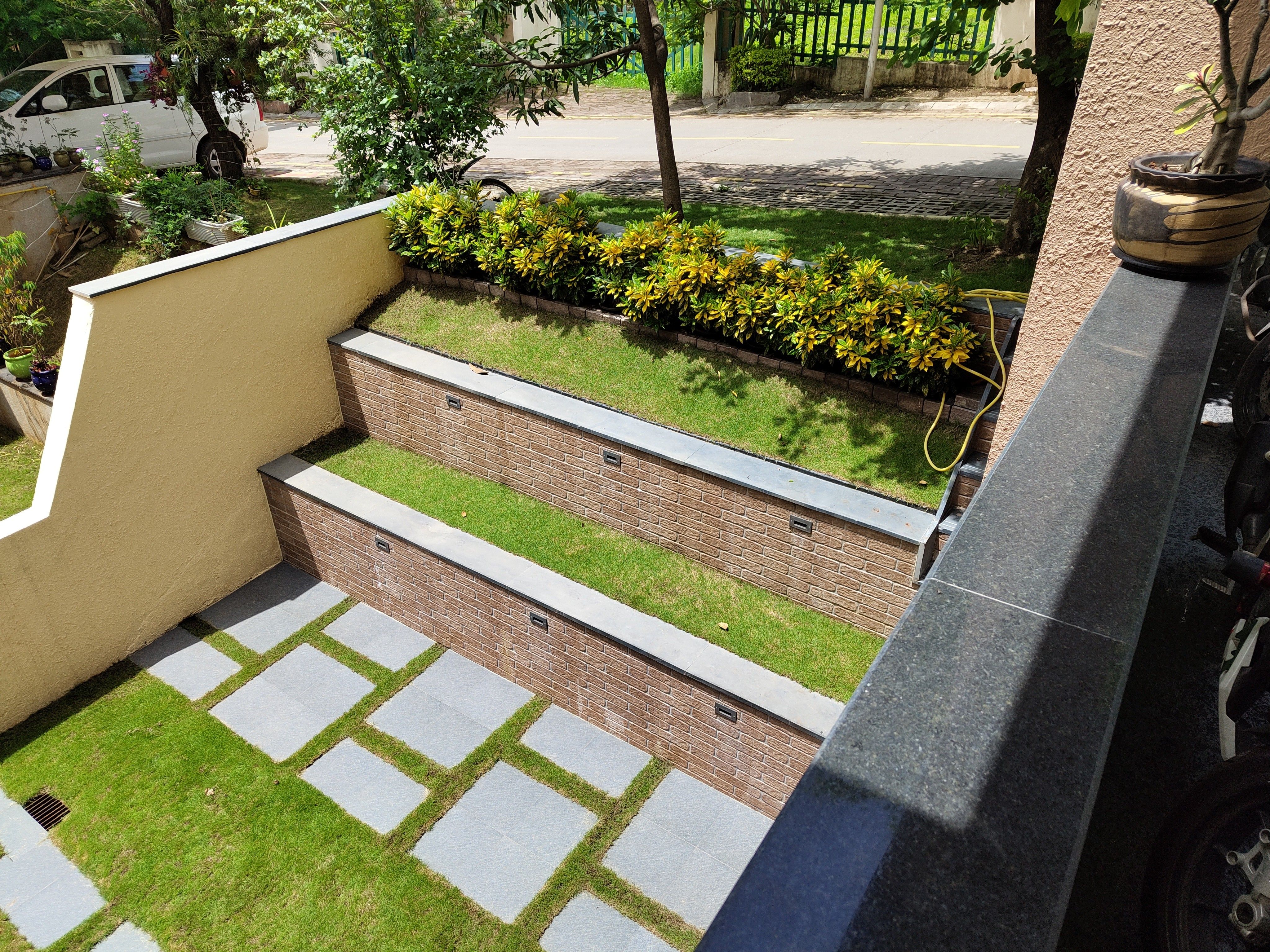
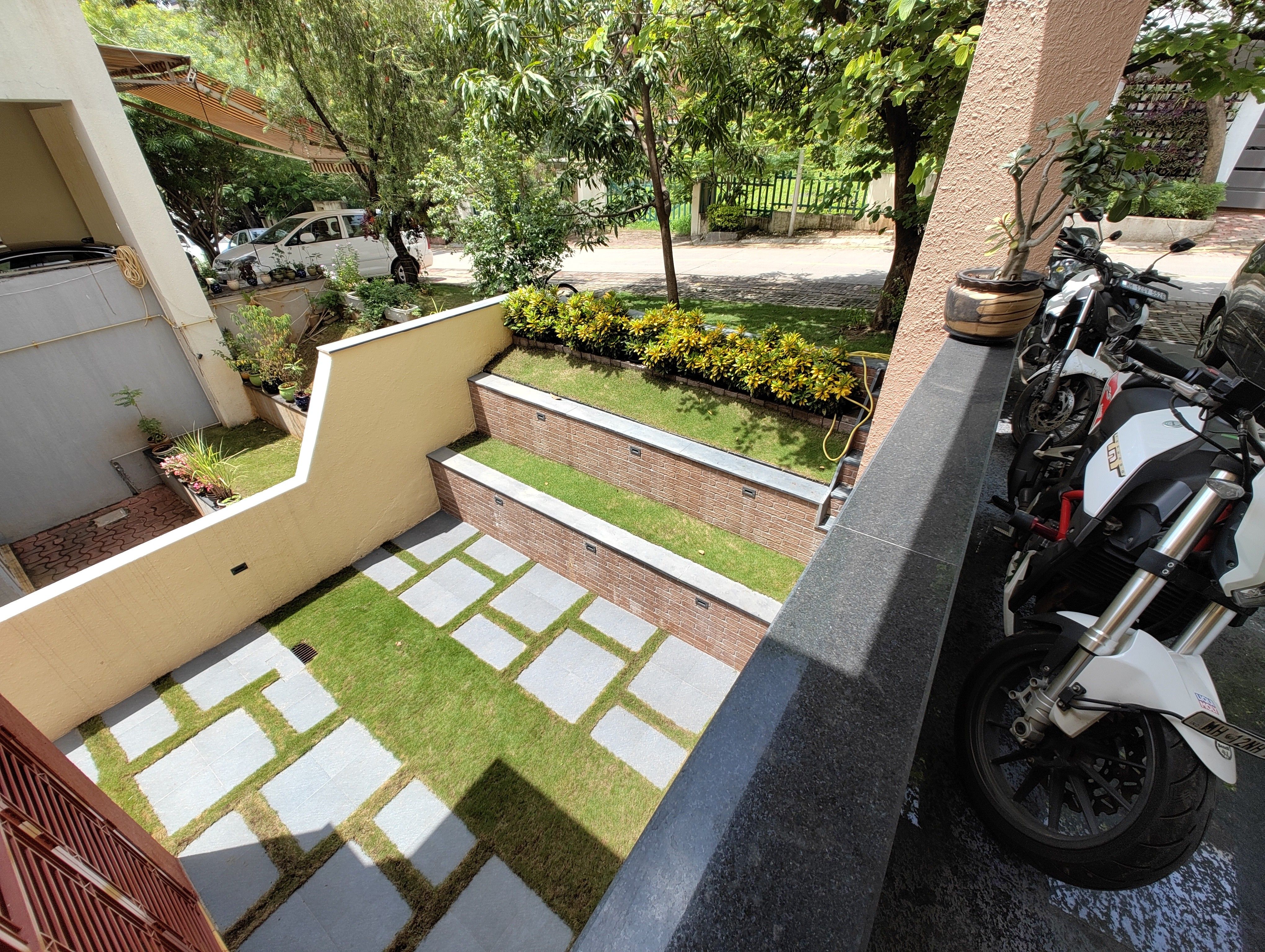
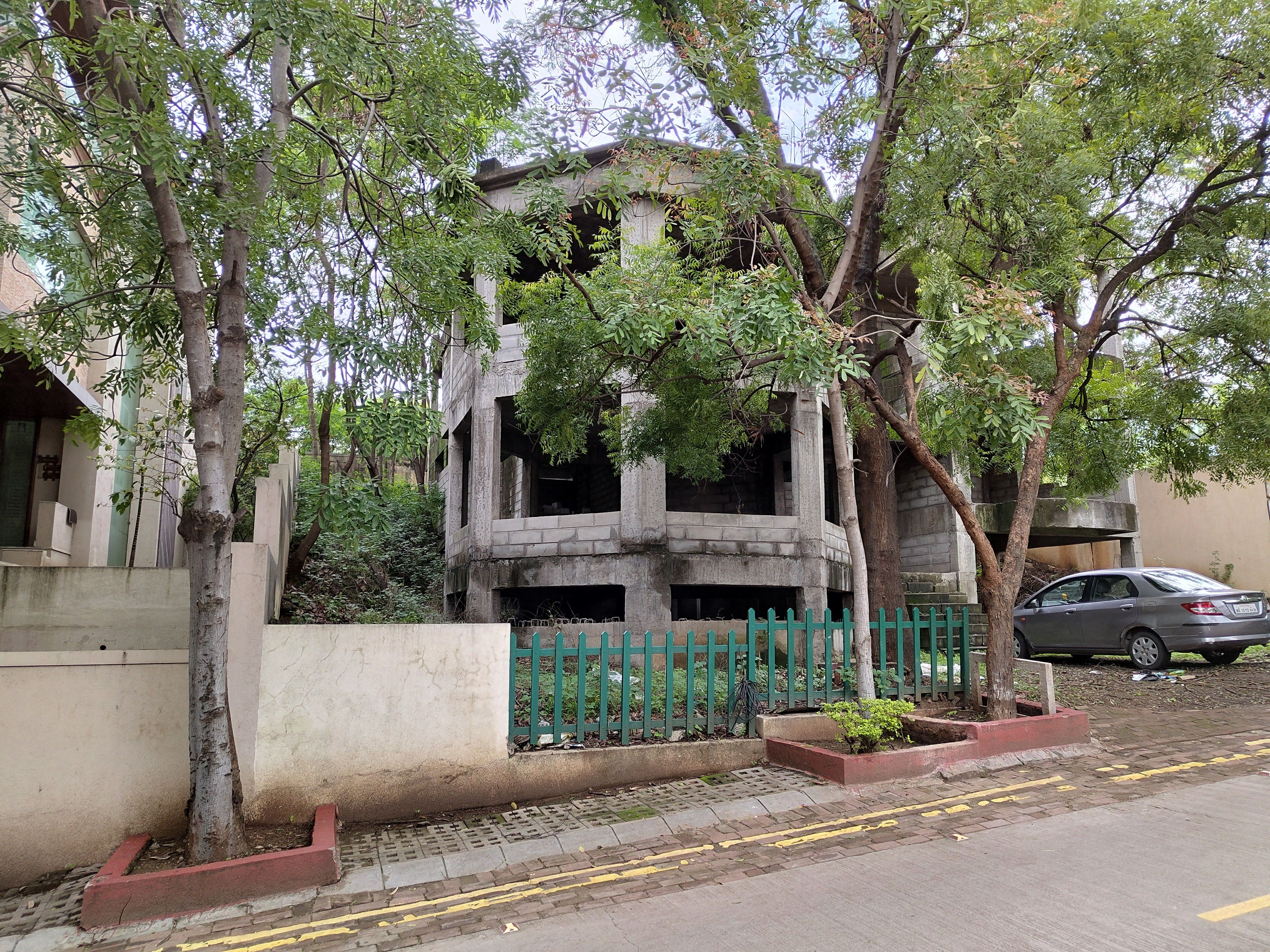
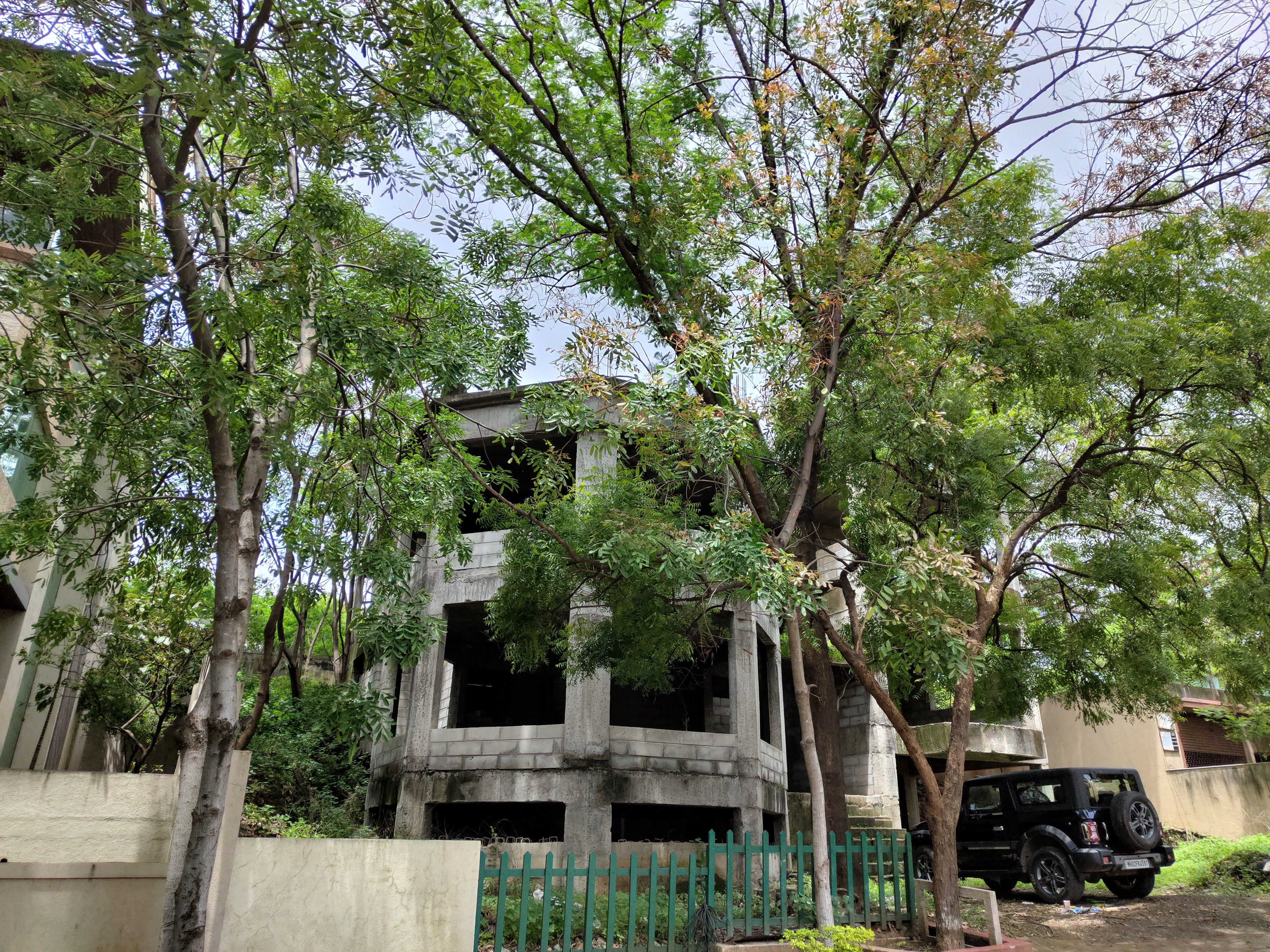
As for the HDR inconsistencies I previously mentioned, the image above is an example of the Phone 1's poor HDR processing. The same photo captured after the Nothing OS 1.1.0 update shows progress. In the first image, the leaves have a purplish tinge over them (chromatic aberration), but things looks much better in the second shot. It's hard to replicate the exact conditions of the first image, but I also noticed this improvement in other scenarios.
Videos
Video recording on the Phone 1 his decent as well. It supports up to 4K 30 FPS, with options for 1080P 60 FPS and 1080P 30 FPS. Stabilization is available in all recording modes, and on both rear cameras. Unfortunately, the front camera is limited to 1080p 30 FPS.
While the output from the primary camera is usable, video captured with the ultrawide is quite dim and generally lacks color saturation -- just like the photos. Also, you can’t switch between the two rear cameras while recording video.
All in all, the Phone 1’s shooters are a mixed bag. The primary 50MP sensor does well in most conditions. The ultrawide still needs some work, and the front camera is just average. But ultimately, this camera system is better than what most mid-range phones have to offer.
Verdict
Beyond the allure of the Glyphs' blinking lights and the transparent back’s layered components, the Nothing Phone 1 delivers great value. Looking past the unique design, the hardware and software have all the makings of a great device from a promising company. Basically, this handset checks all the right boxes, with a processor that's more than capable, a display that compares to phones that cost at least $200 more, and cameras — the primary shooter at least — that are better than expected.
If you're in Europe, the Phone 1 is less boring than the competition, which makes it worth considering. In other regions, where Chinese brands are more competitive or offer more options, this handset has its work cut out. The lack of availability in the United States is unfortunate but understandable. Still, considering this is Nothing’s first phone, it's a worthy option if you're looking for a great value in a mid-range phone. I can’t wait to see what comes next.
Technical Specifications
|
Category |
Nothing Phone 1 |
|---|---|
|
Dimensions |
159.2 x 75.8 x 8.3mm 193.5g |
|
Build |
Gorilla Glass Front and Back (unspecified version) Recycled Aluminum Midframe IP53 Rating |
|
Display |
6.55" FHD+ OLED (1080x2400) 60-120Hz Adaptive Refresh Rate 240Hz Touch Sampling 500 nits Typical Brightness 1200 nits Peak Brightness HDR10+ |
|
Processor |
Qualcomm Snapdragon 778G+ |
|
Memory |
8GB or 12GB |
|
Storage |
128GB or 256GB |
|
Battery |
4500mAh 33W Fast Charging 15W Wireless Charging 5W Reverse Wireless Charging |
|
Rear Camera |
Primary: 50MP Sony IMX766, ƒ/1.9, with OIS and EIS Ultrawide: 50MP Samsung JN1, ƒ/2.2, 114-degree field-of-view, with EIS |
|
Front Camera |
16MP Sony IMX471, ƒ/2.45 |
|
Ports |
USB-C |
|
Connectivity |
5G 4G LTE WiFi 6 Bluetooth 5.2 |
|
Operating System |
Nothing OS 1.1.0 based on Android 12 3 years of Android Updates 4 years of Security Updates |
|
Colors |
Black, White |
|
Price |
£399/ €469/ ₹32,999 for 8GB+128GB (Black only) £449/ €499/ ₹35,999 for 8GB+256GB £499/ €549/ ₹38,999 for 12GB+256GB |

